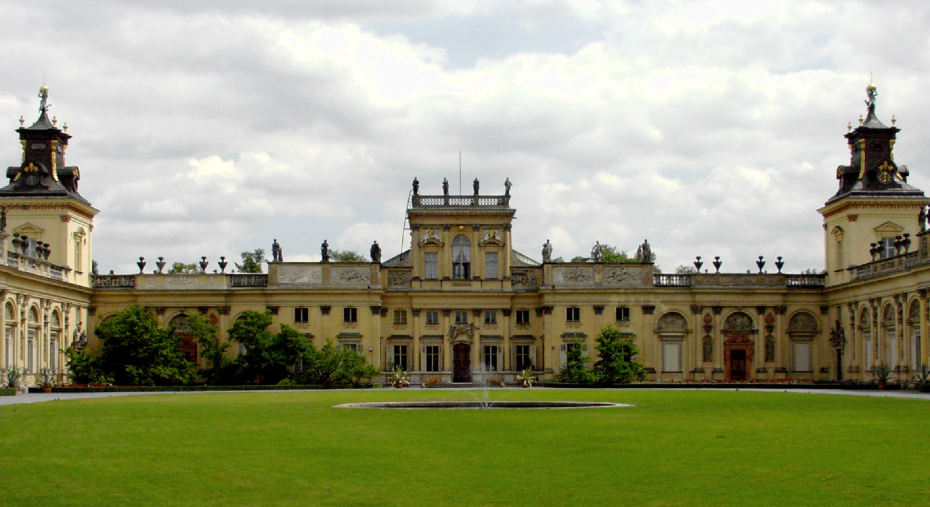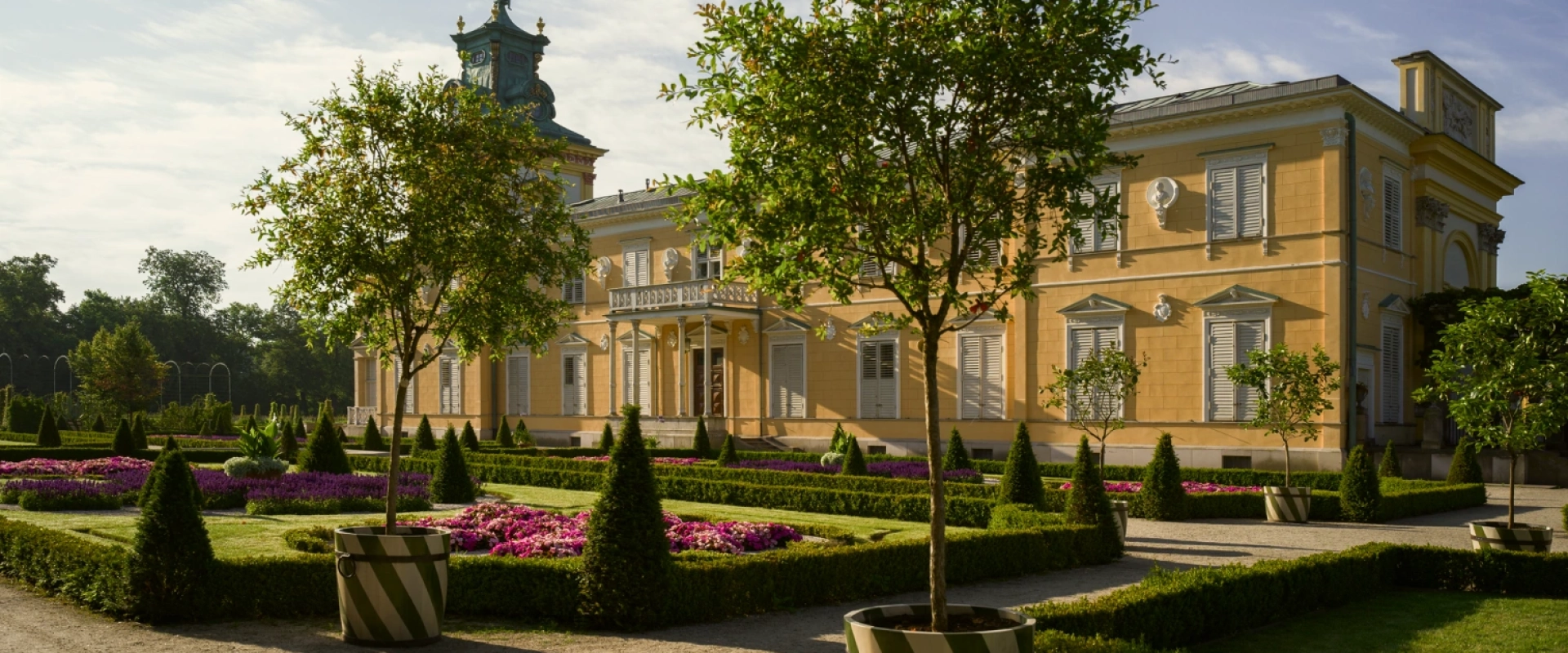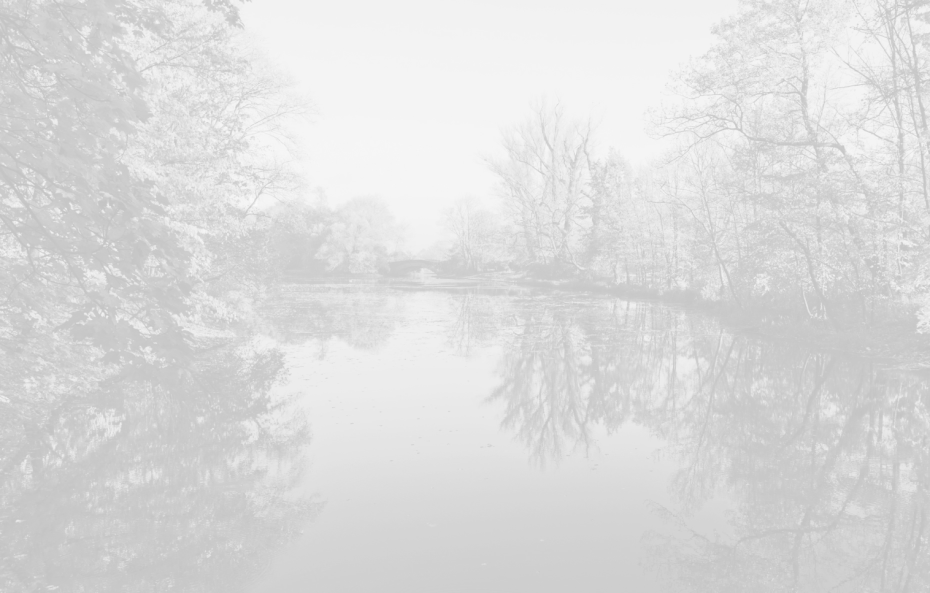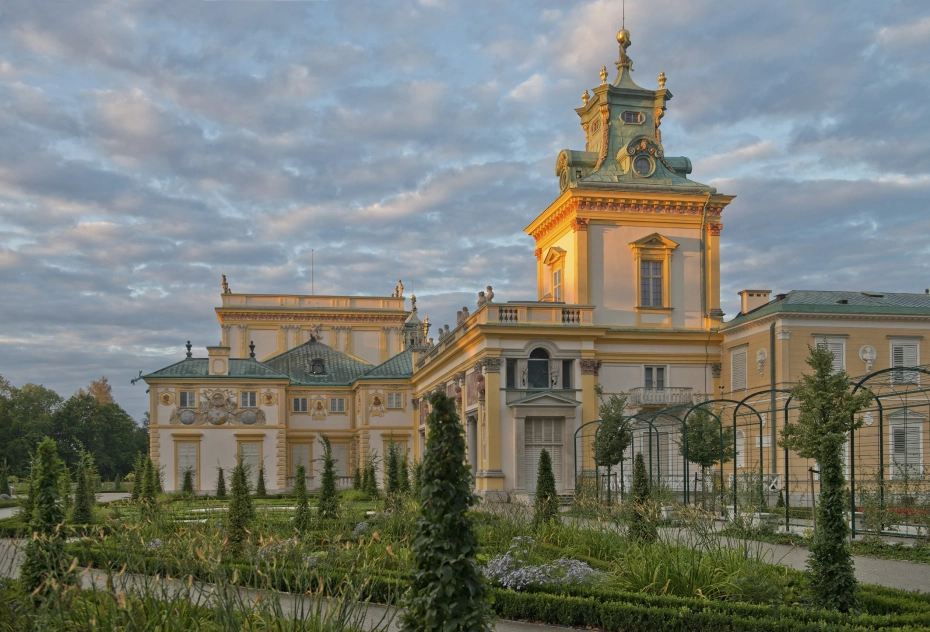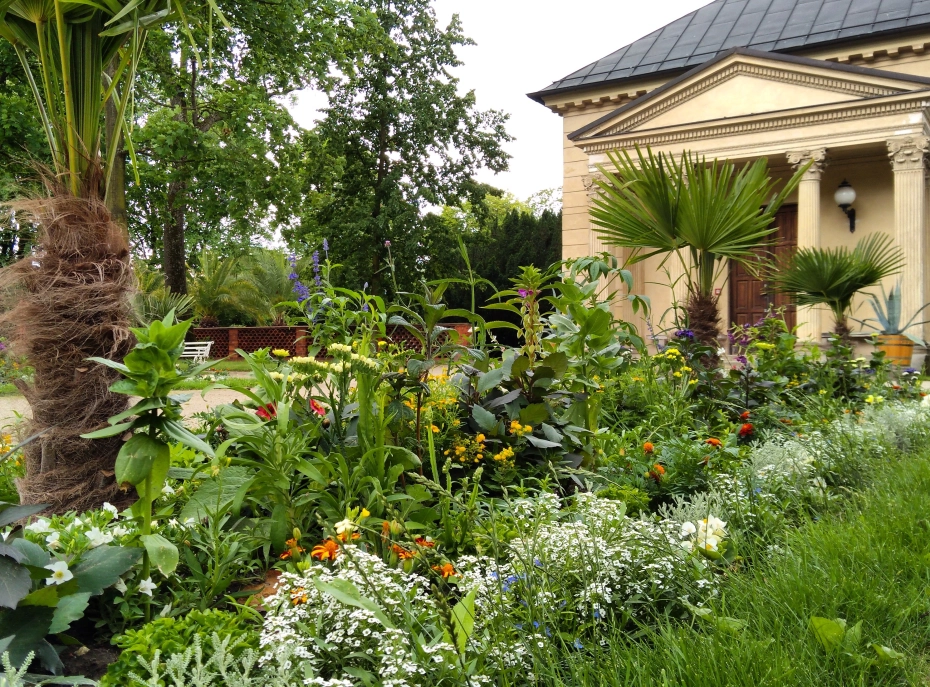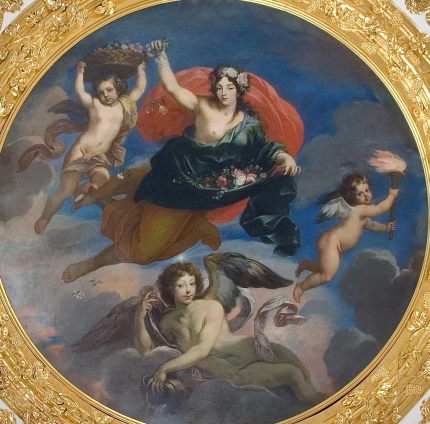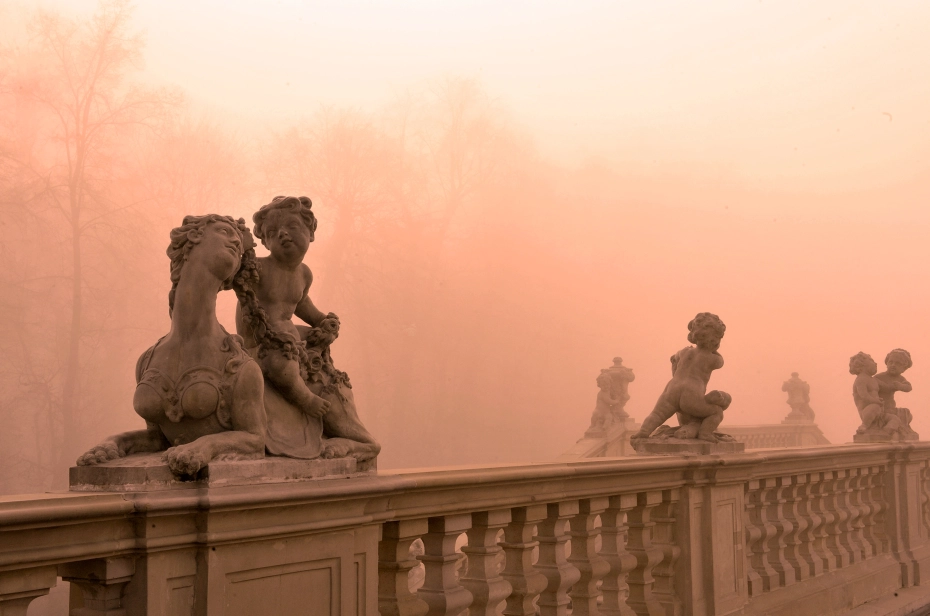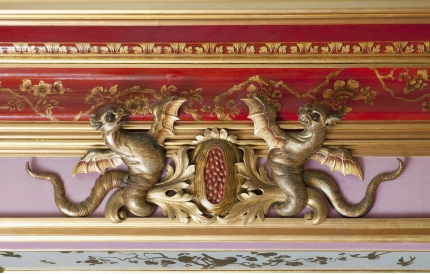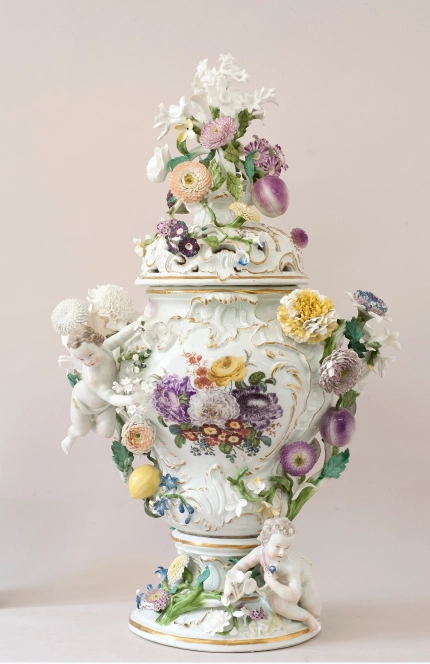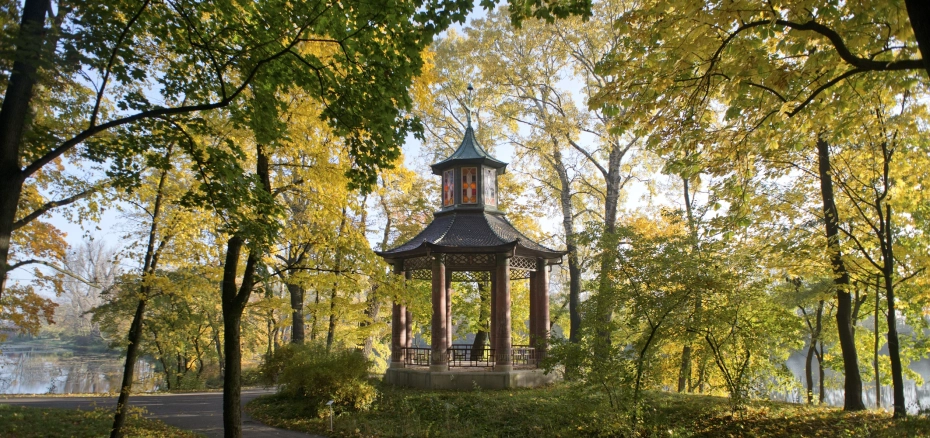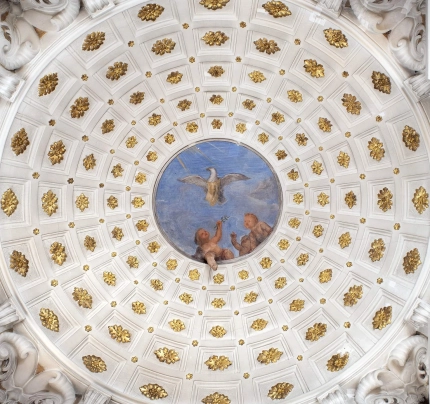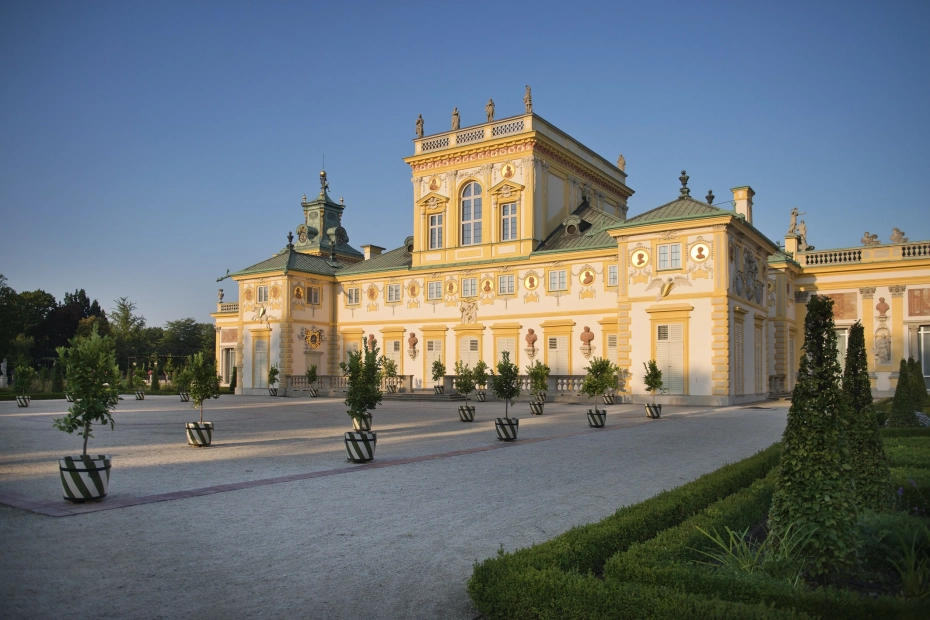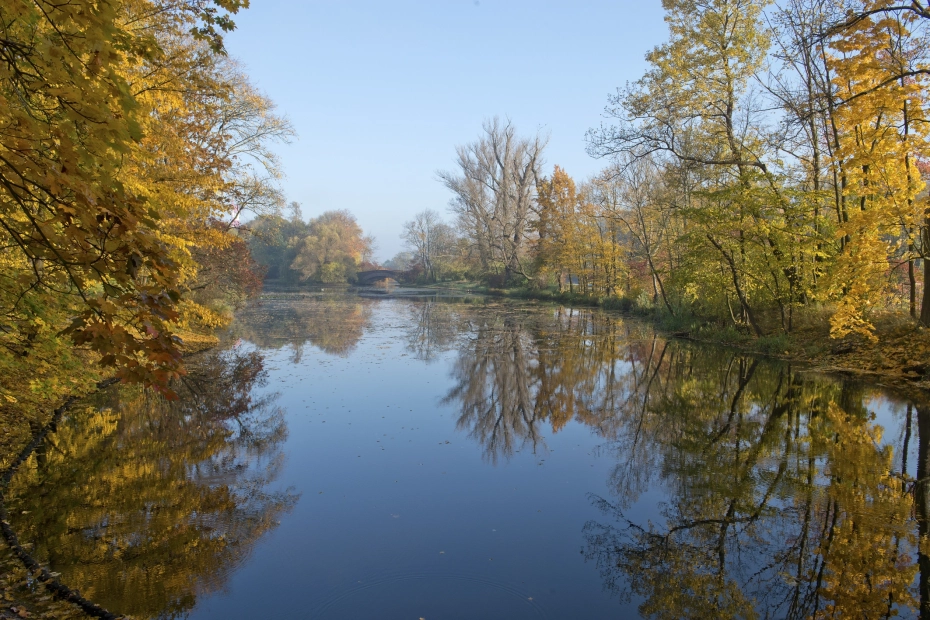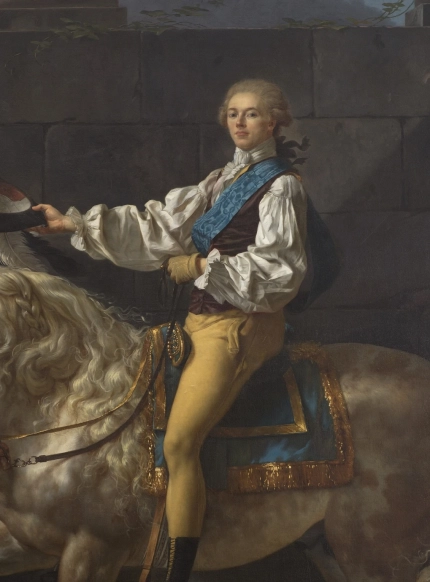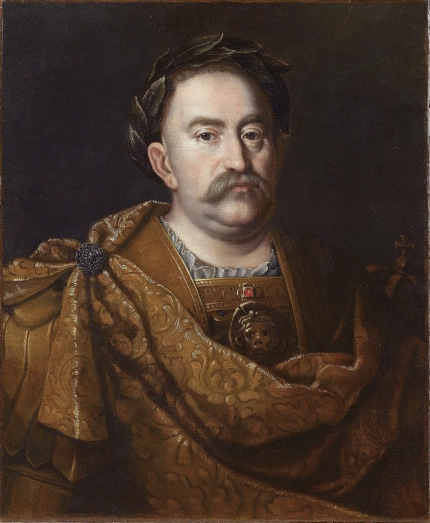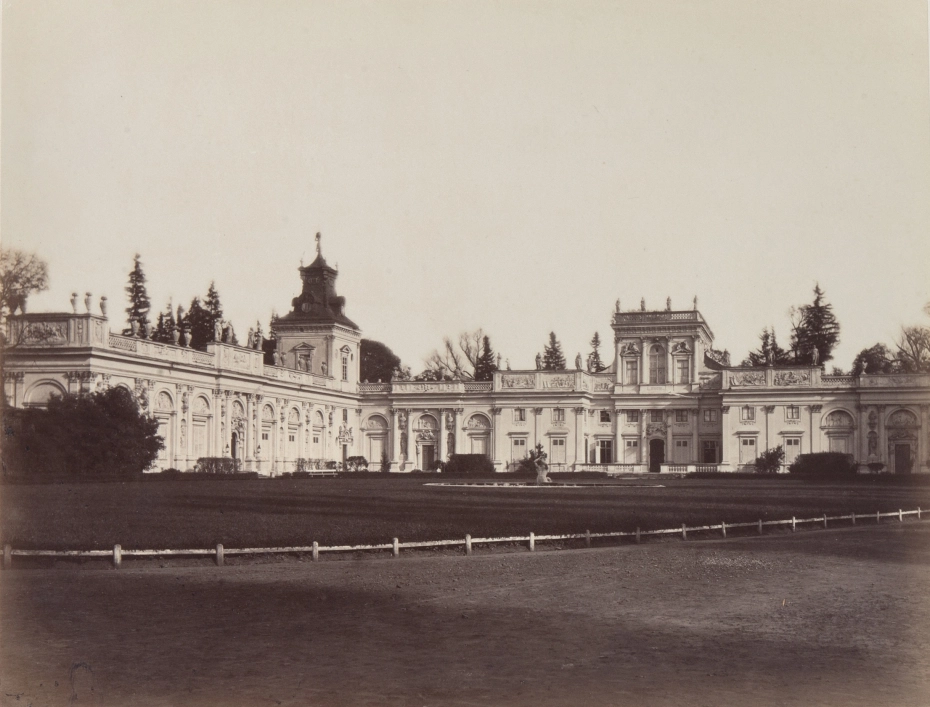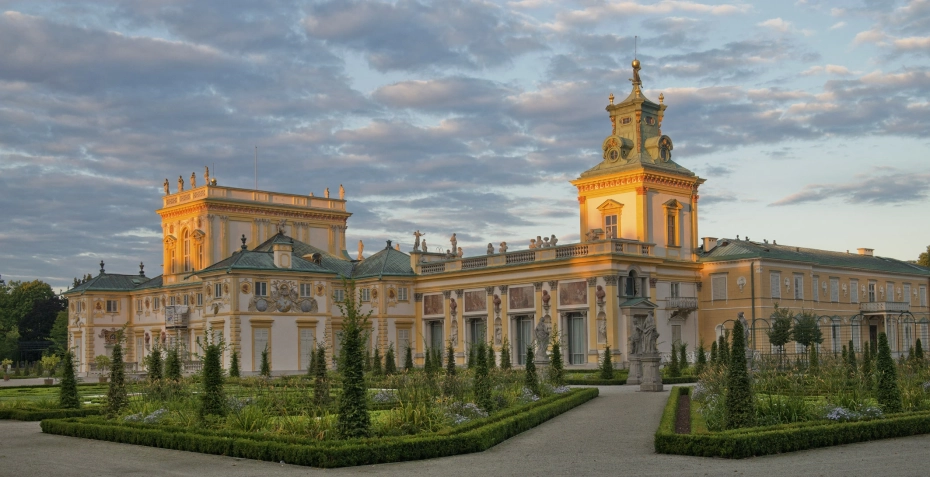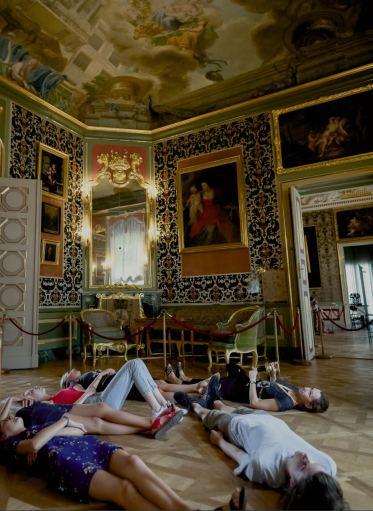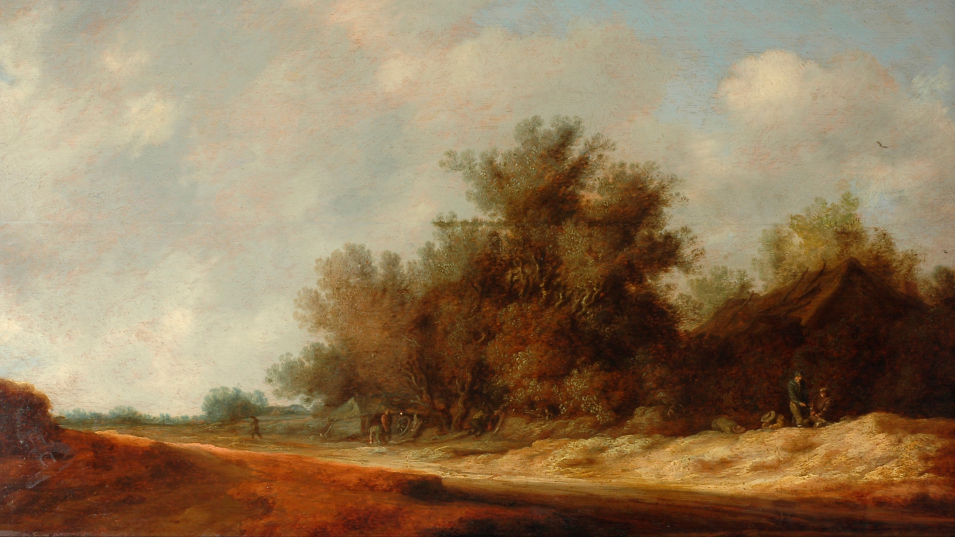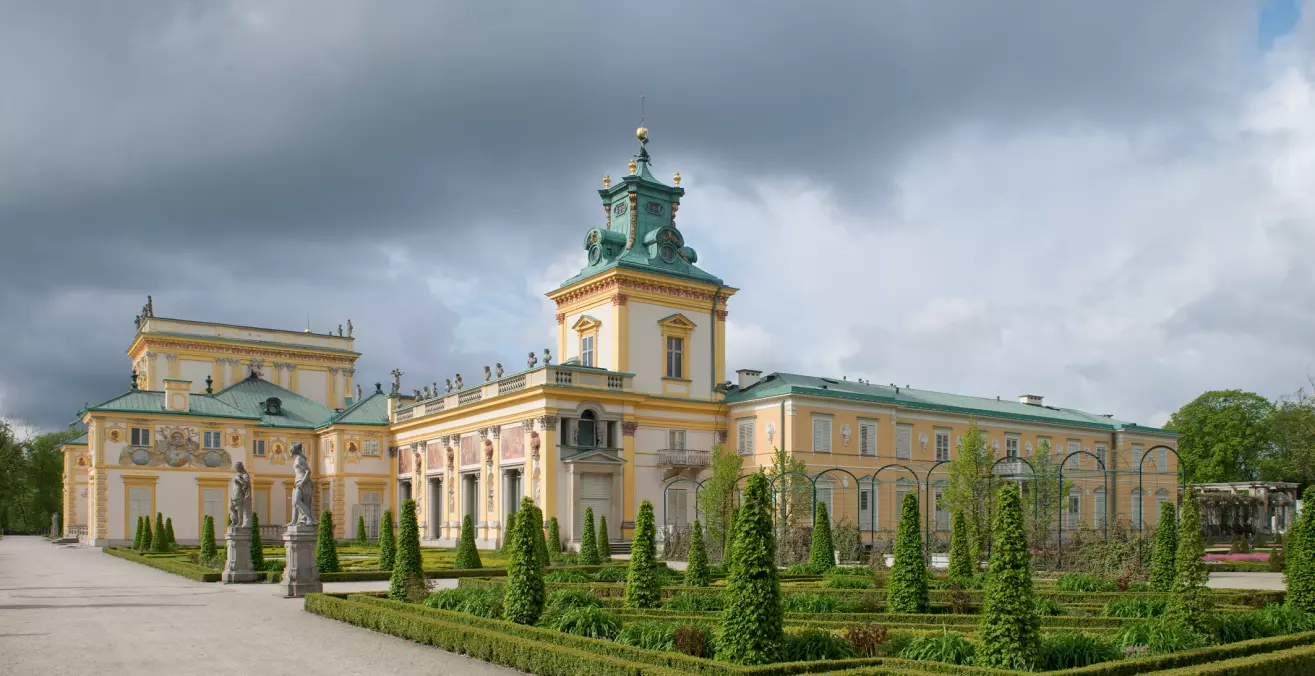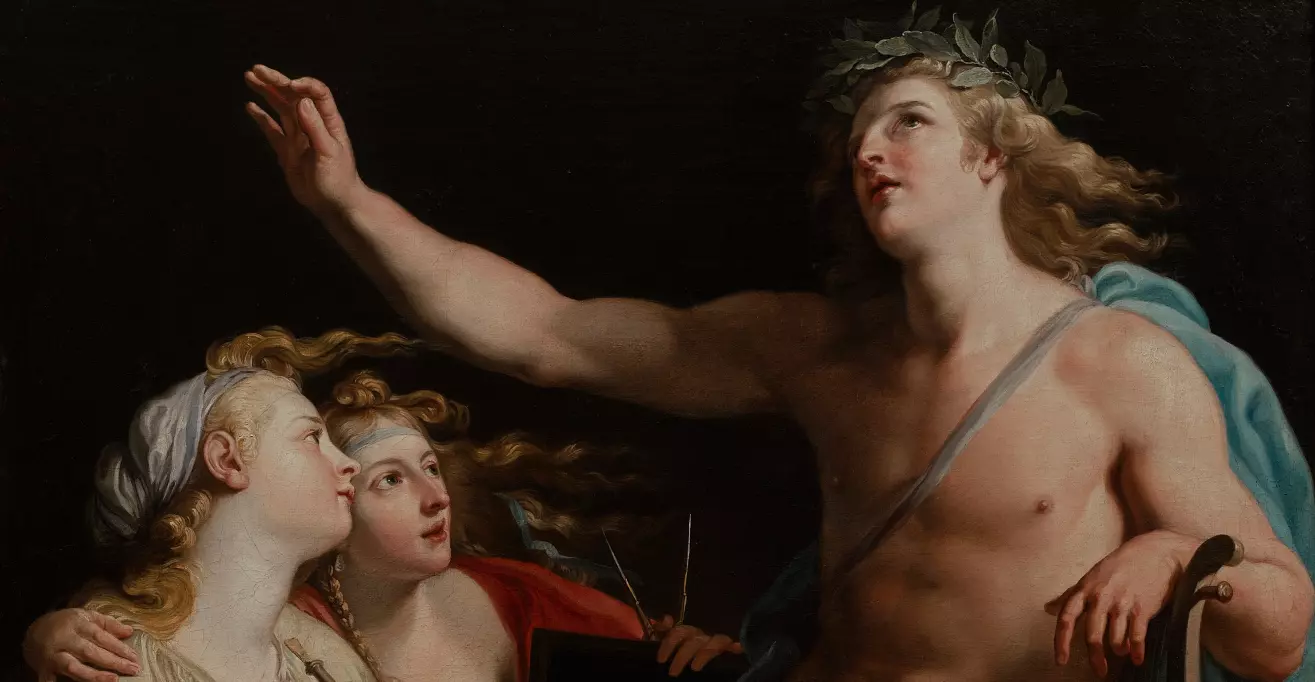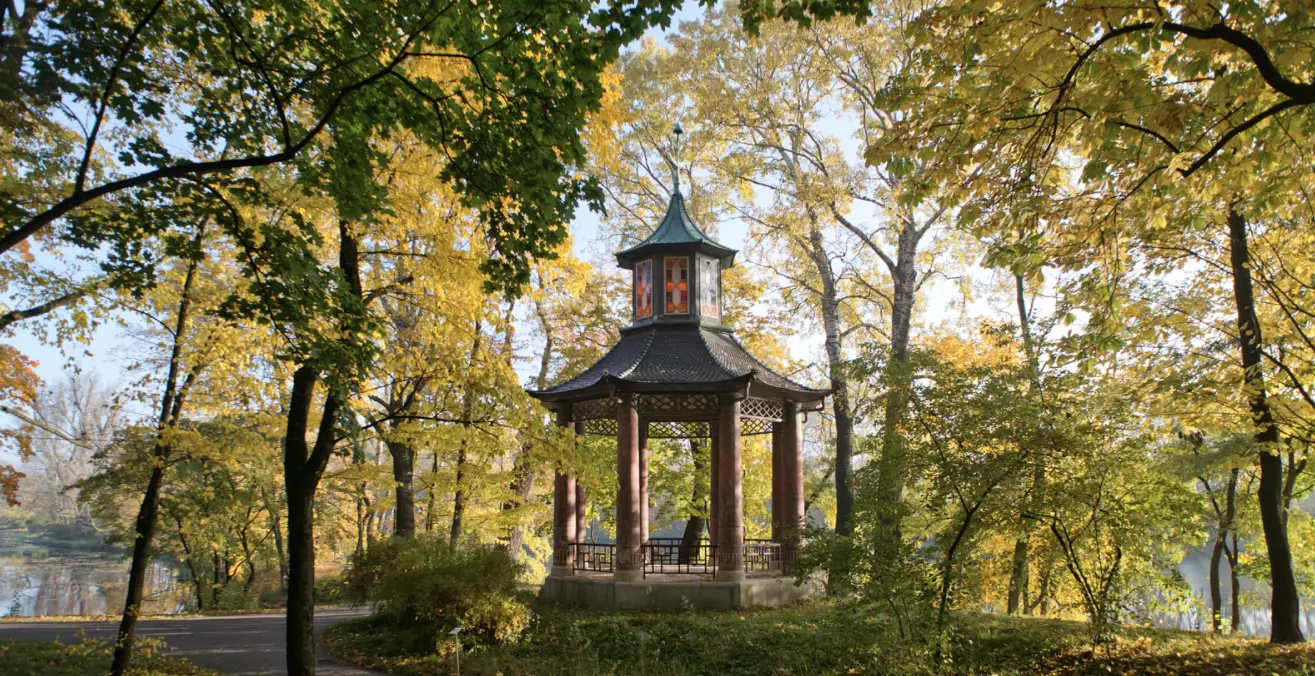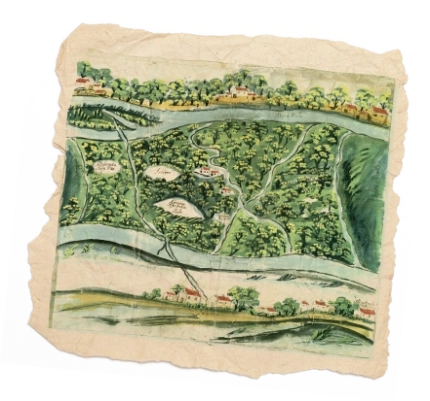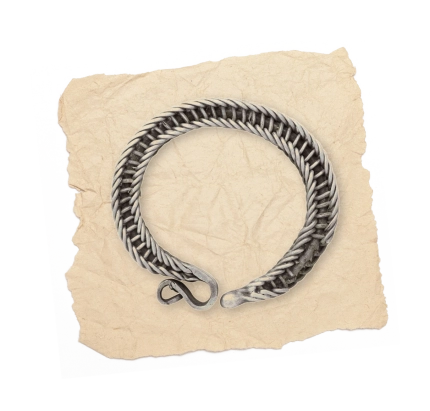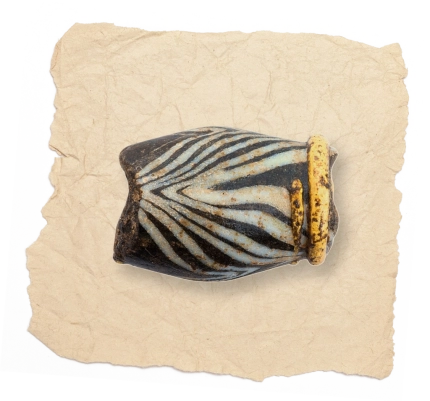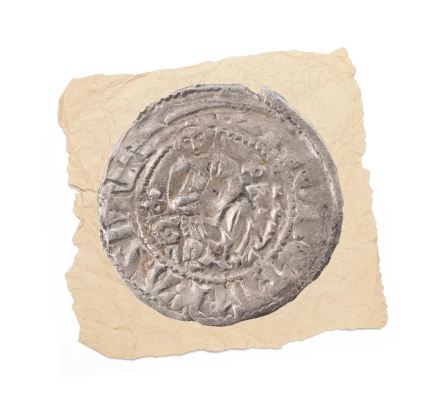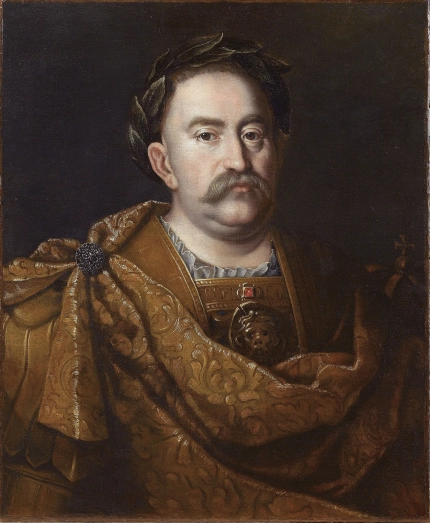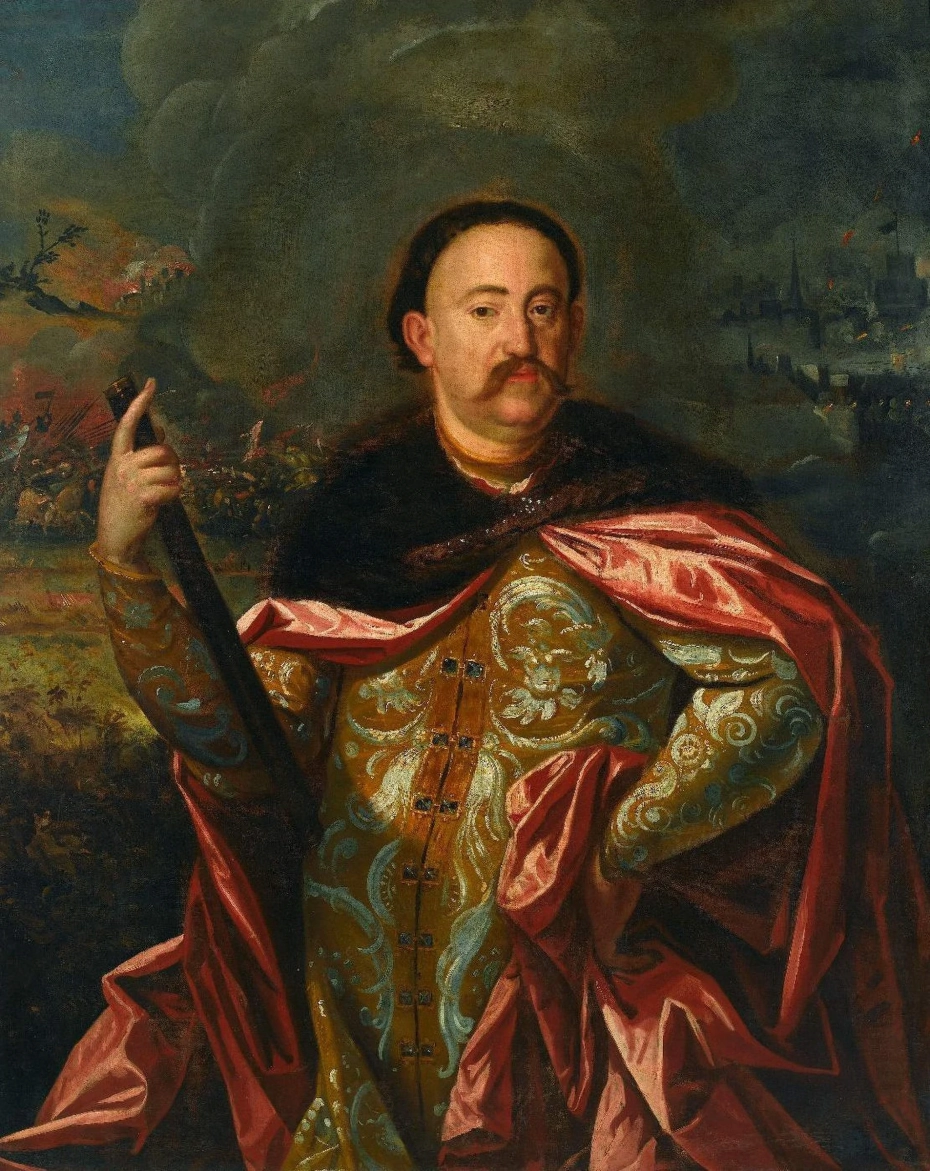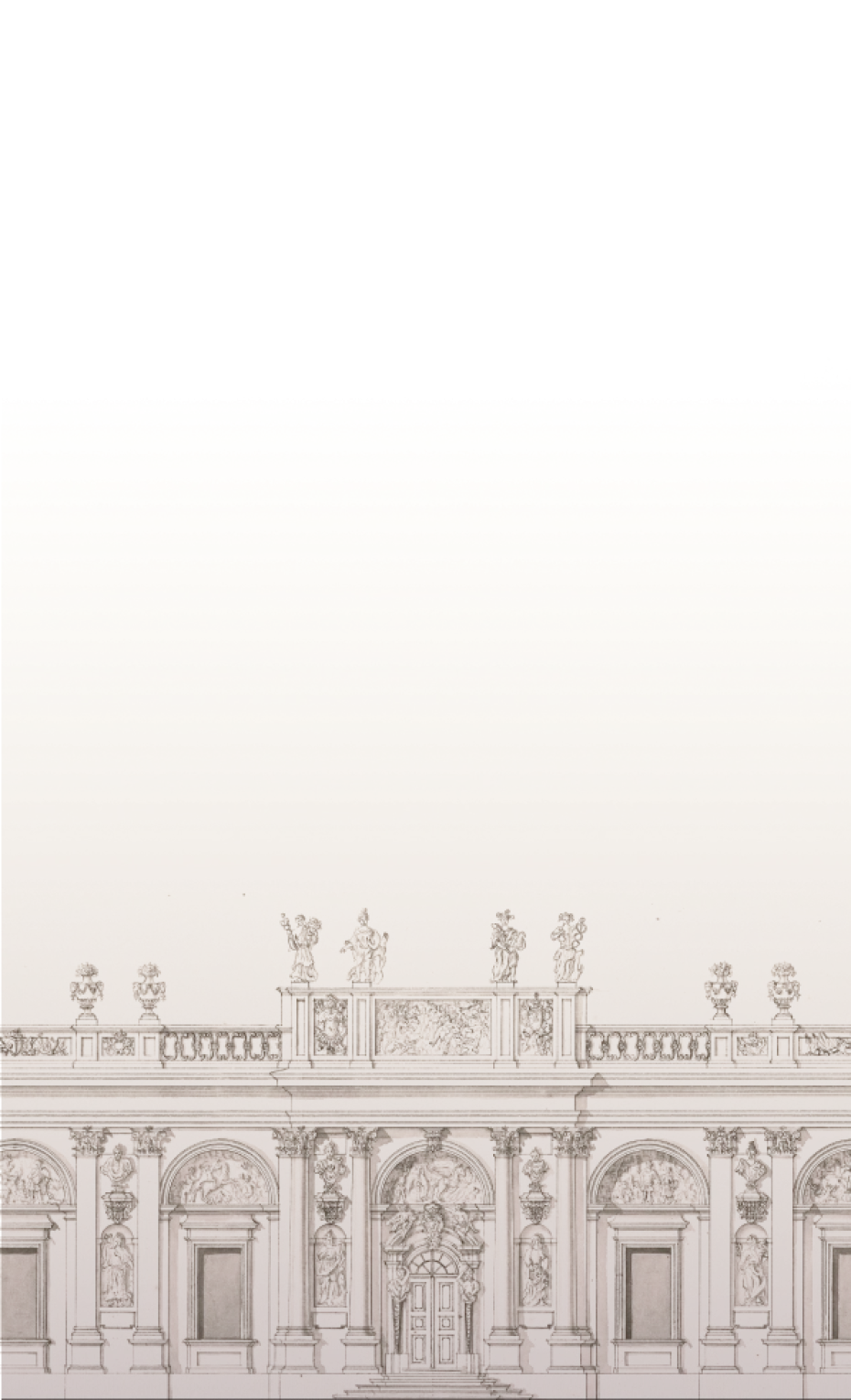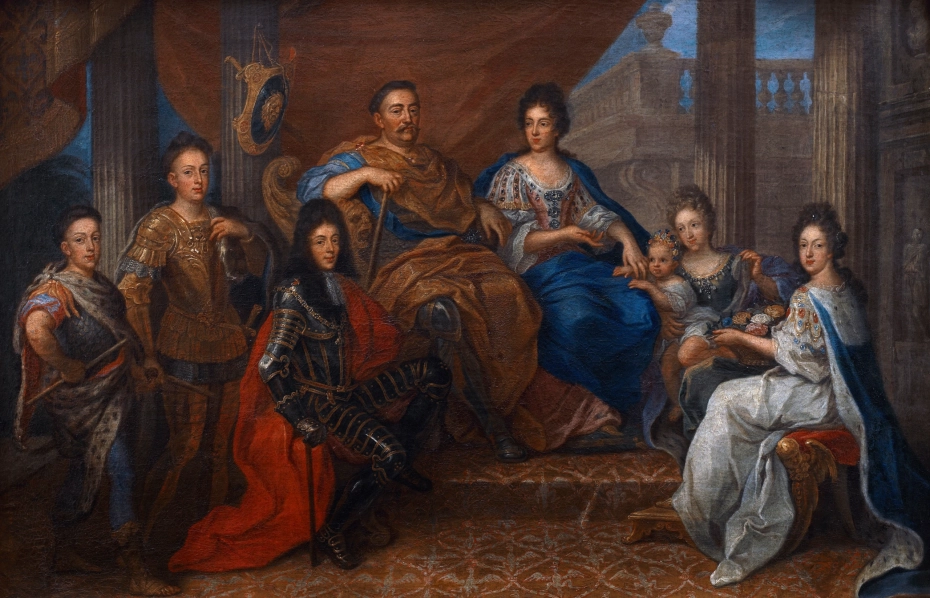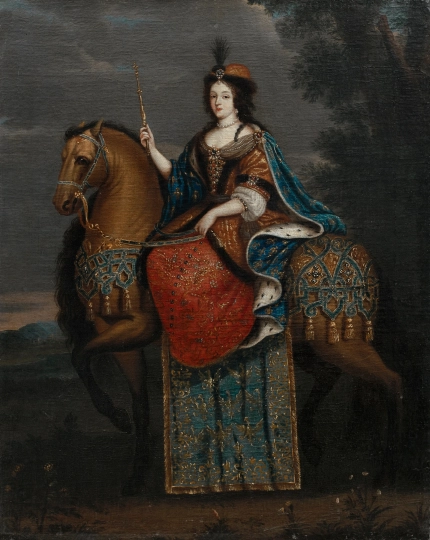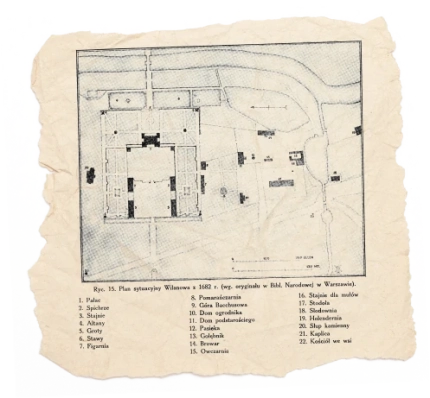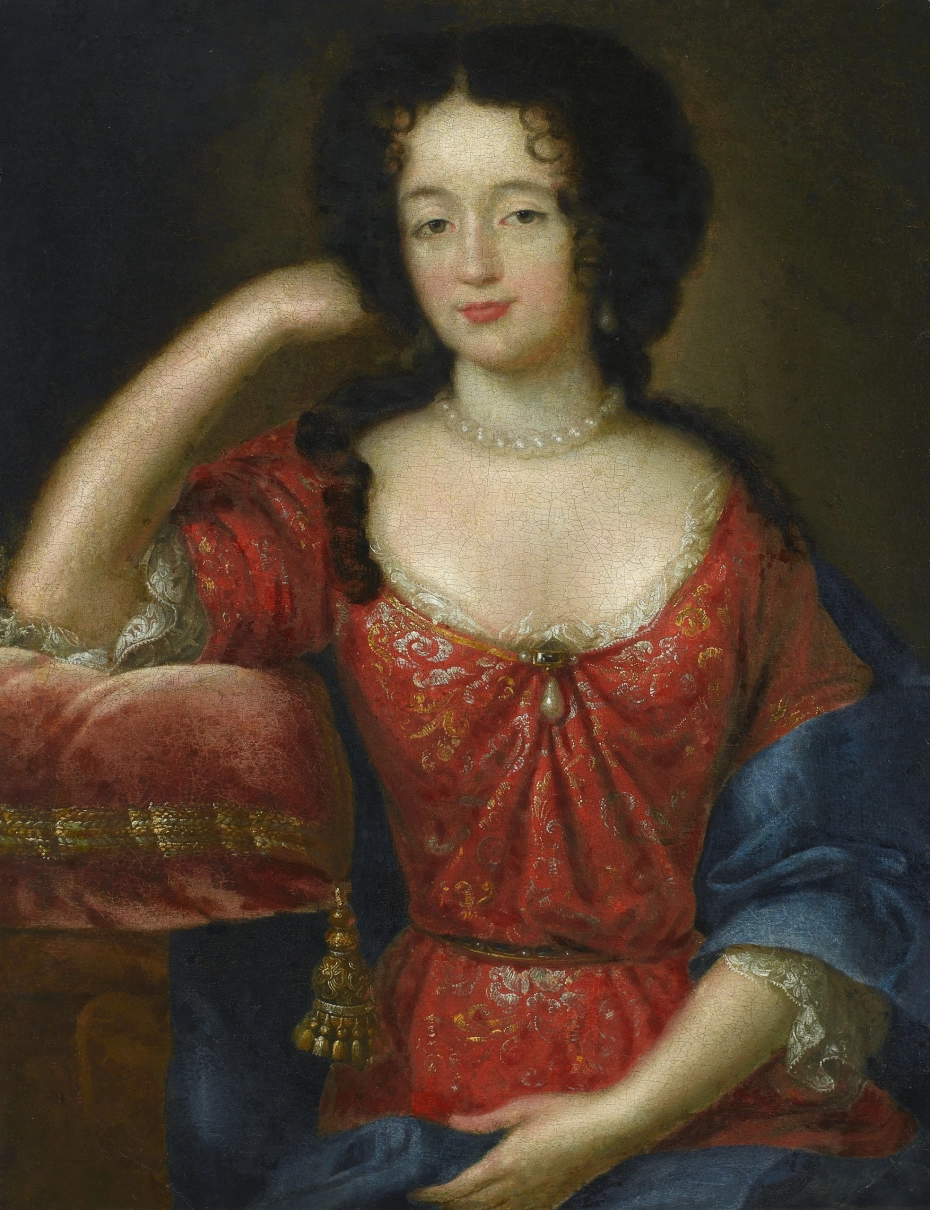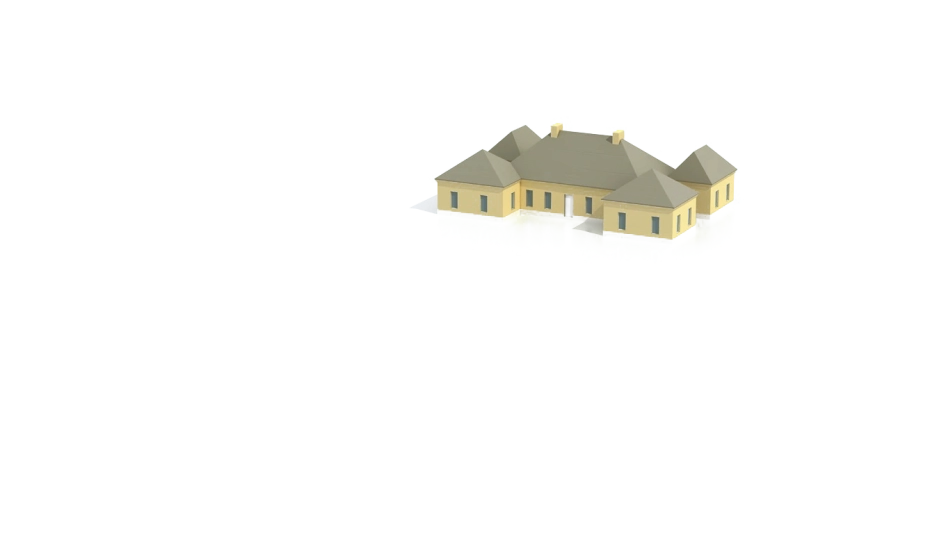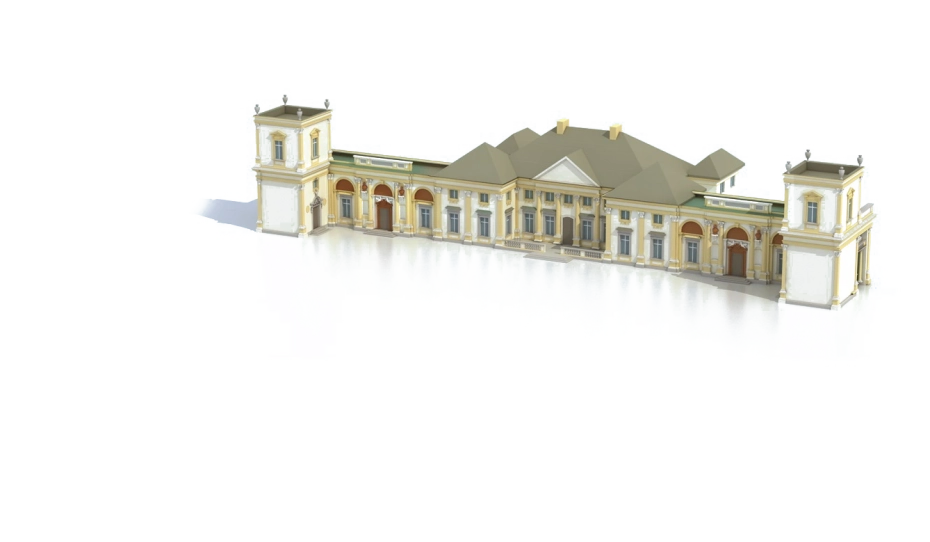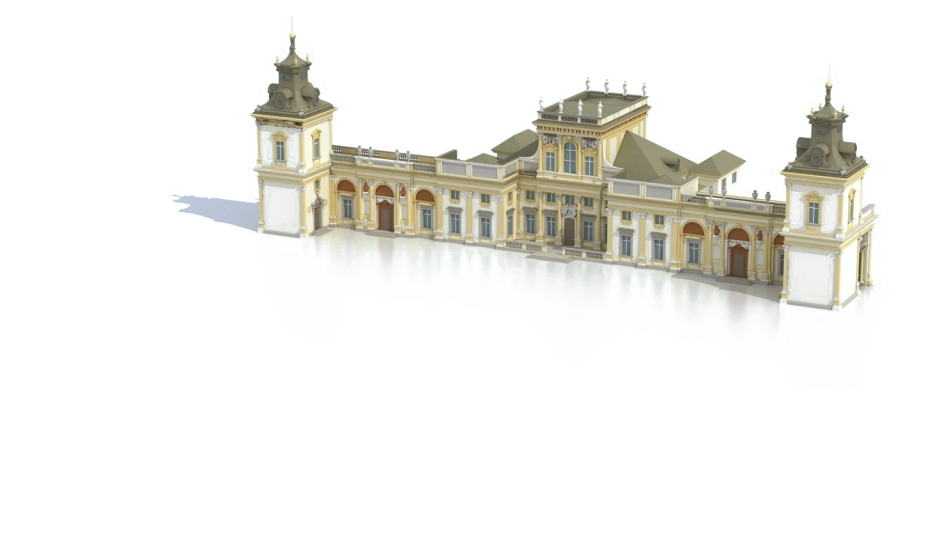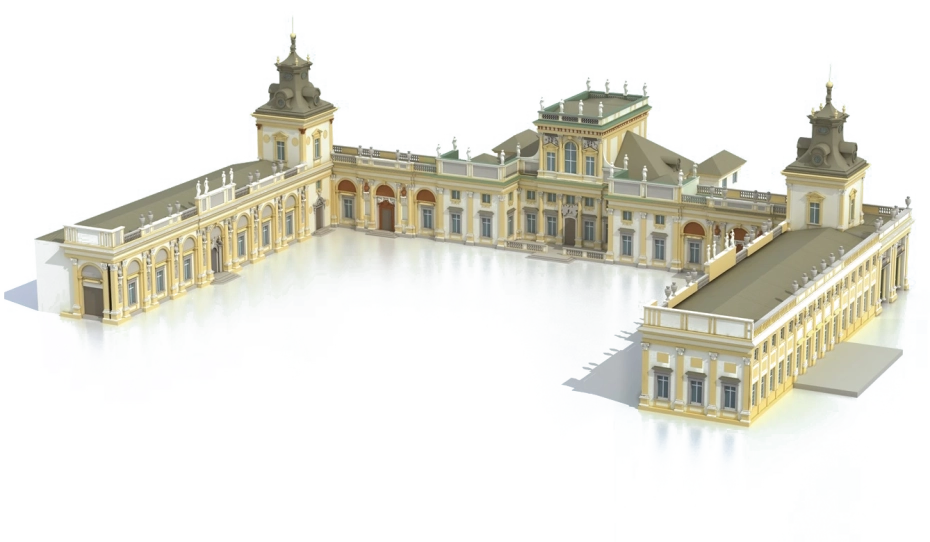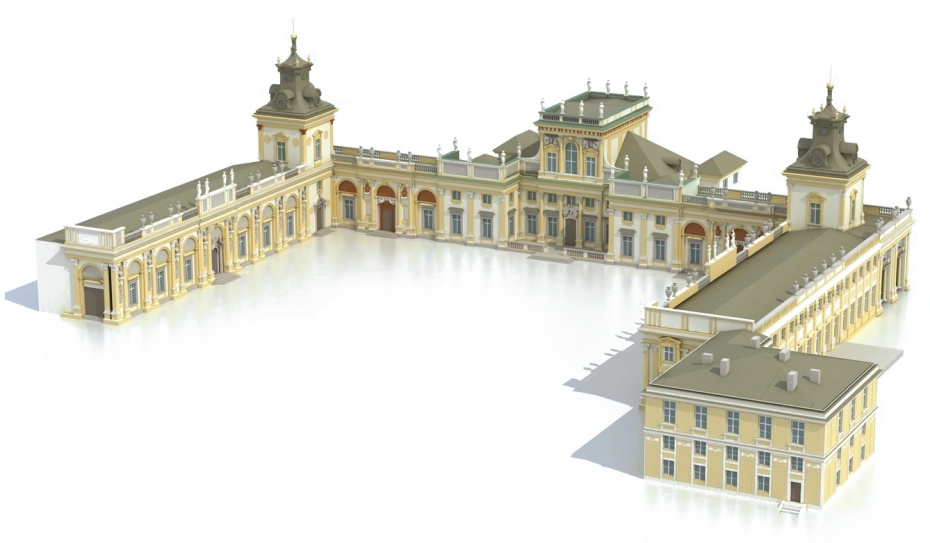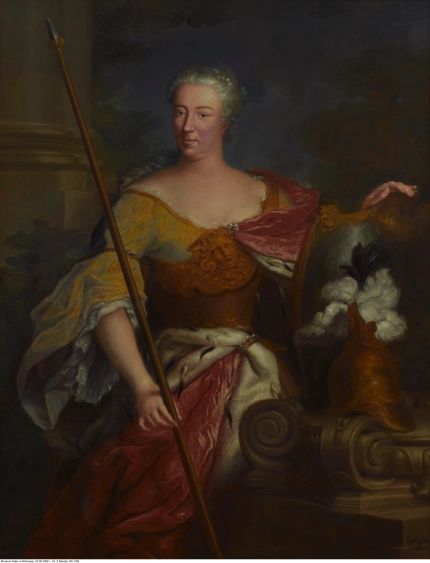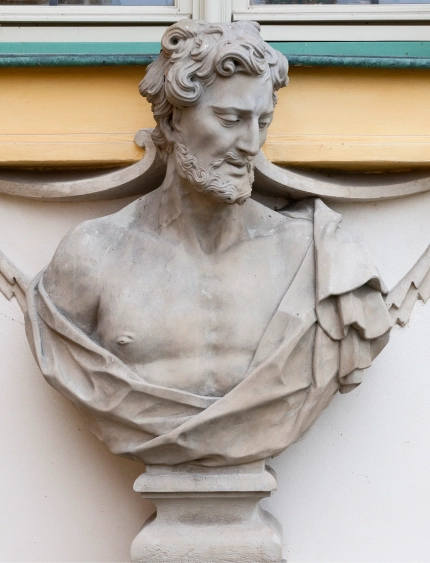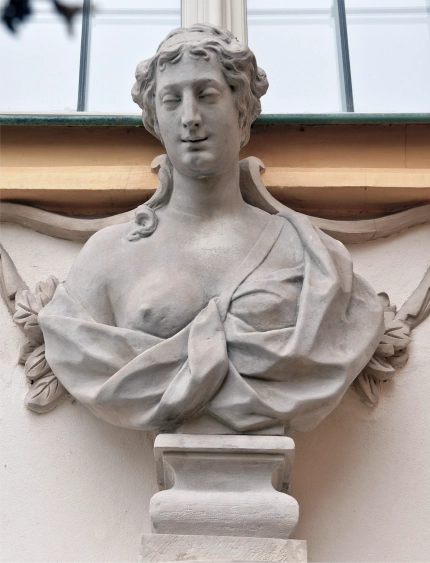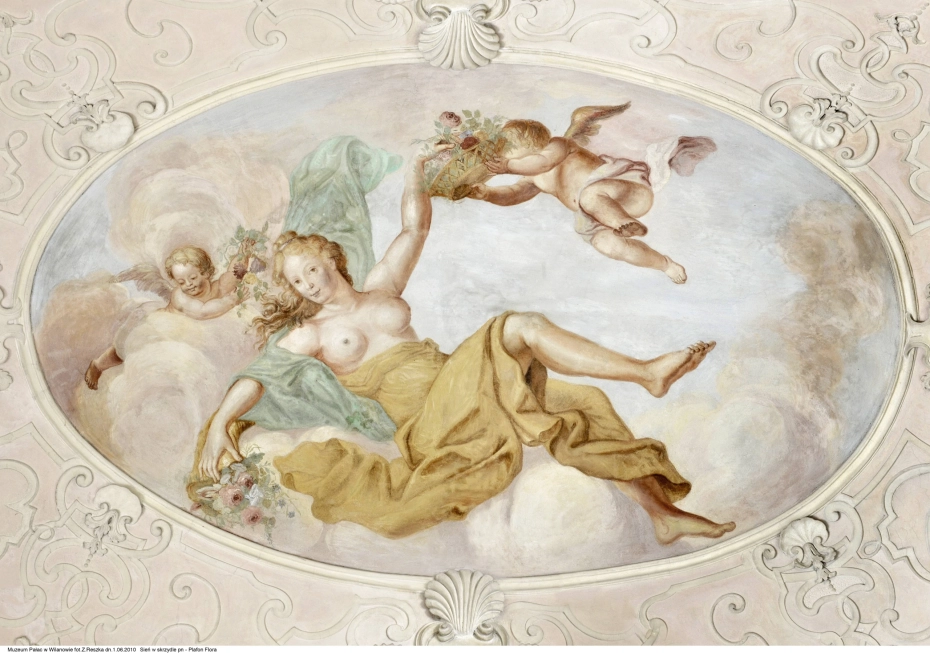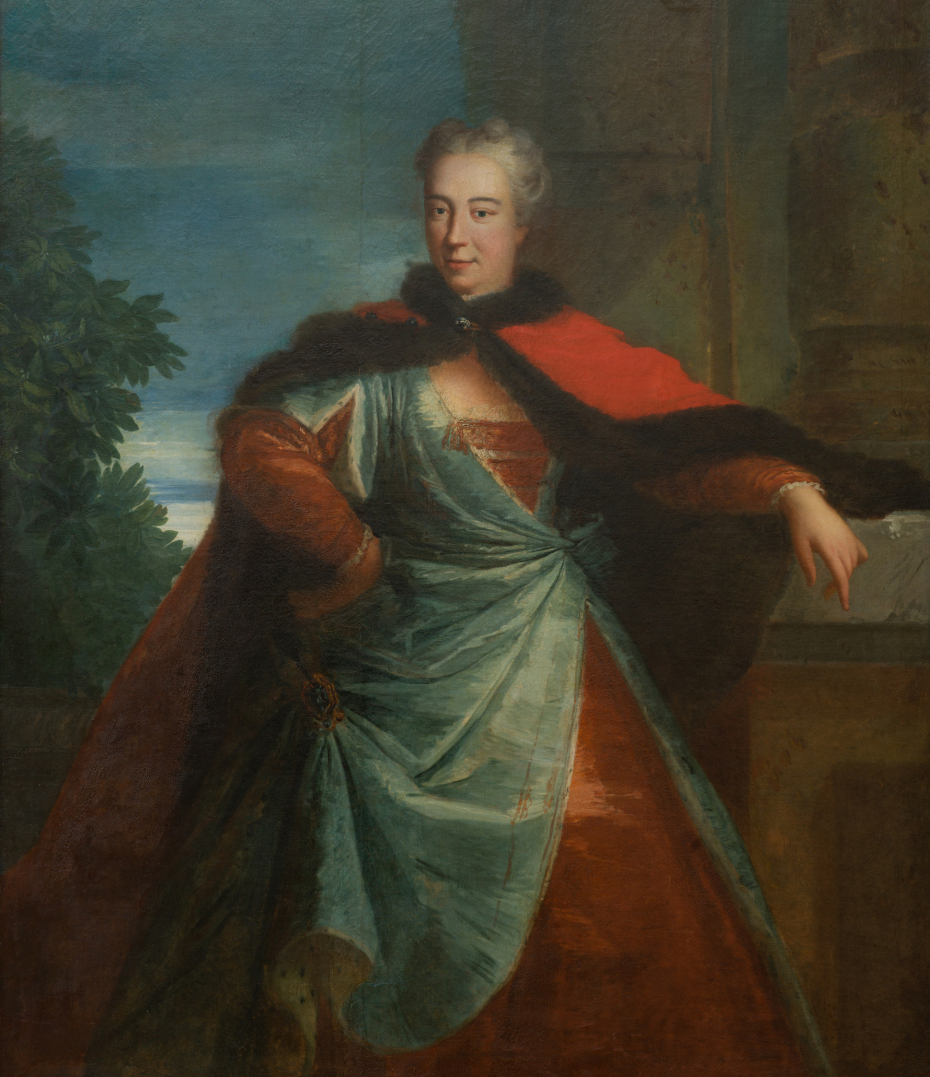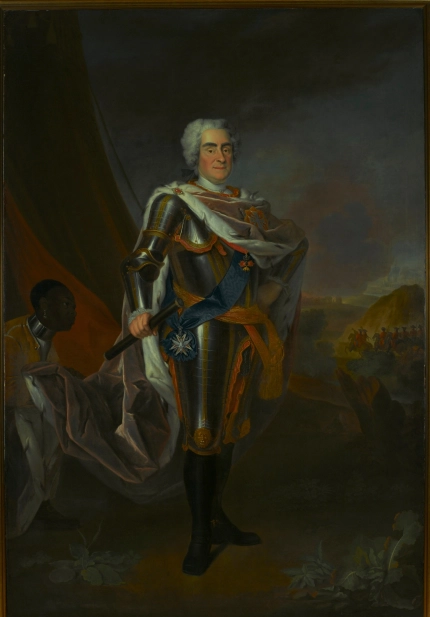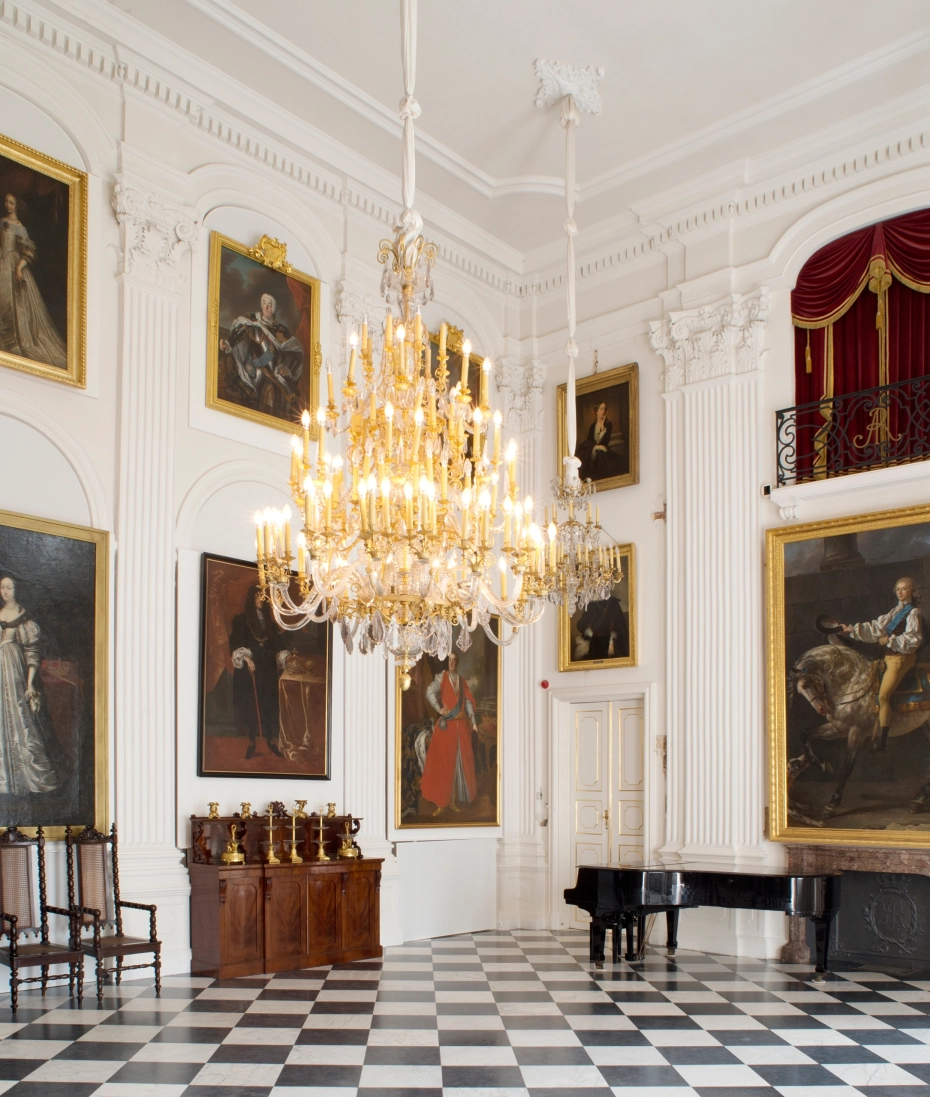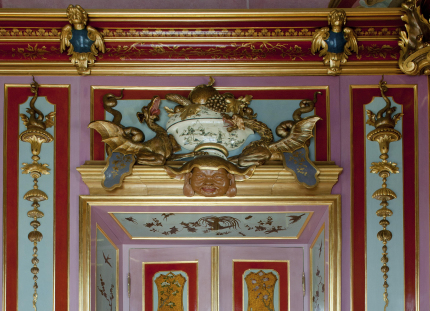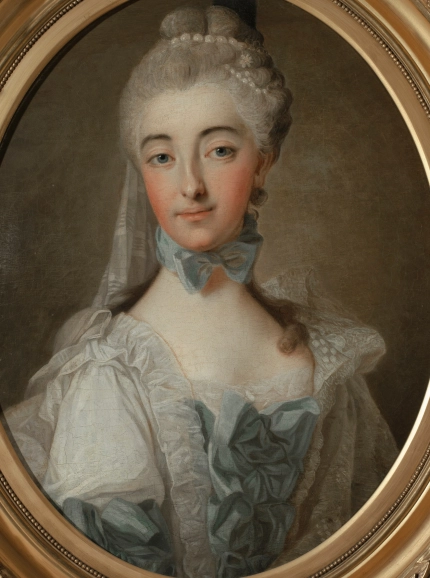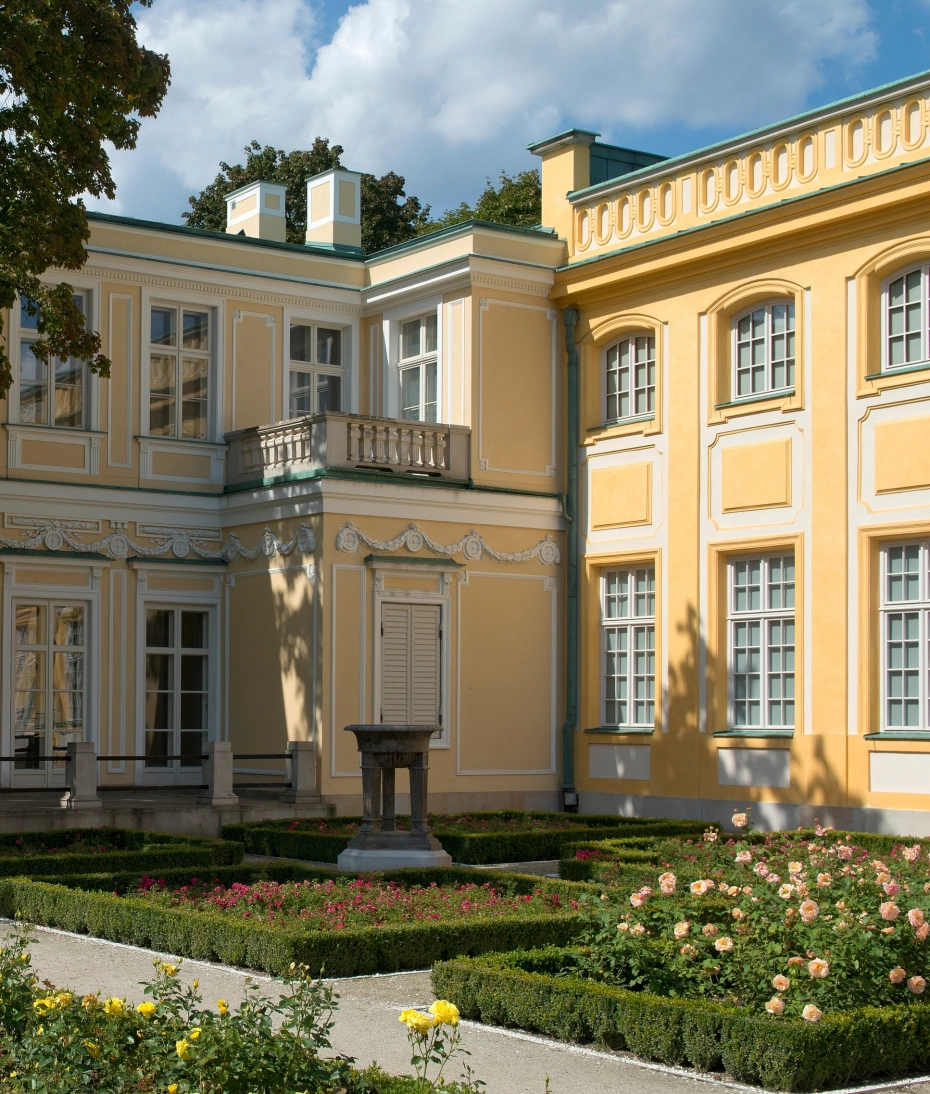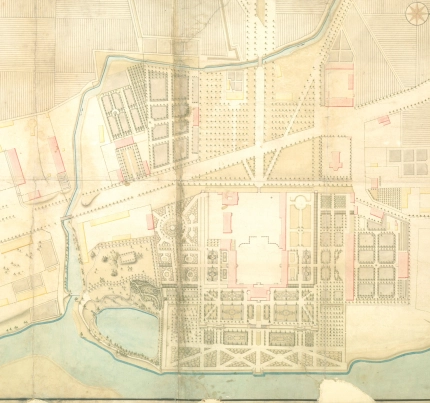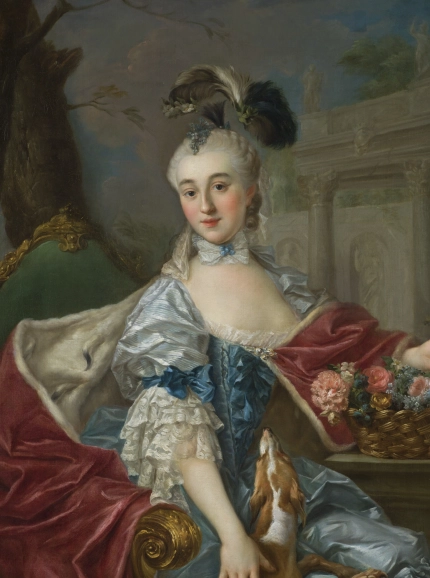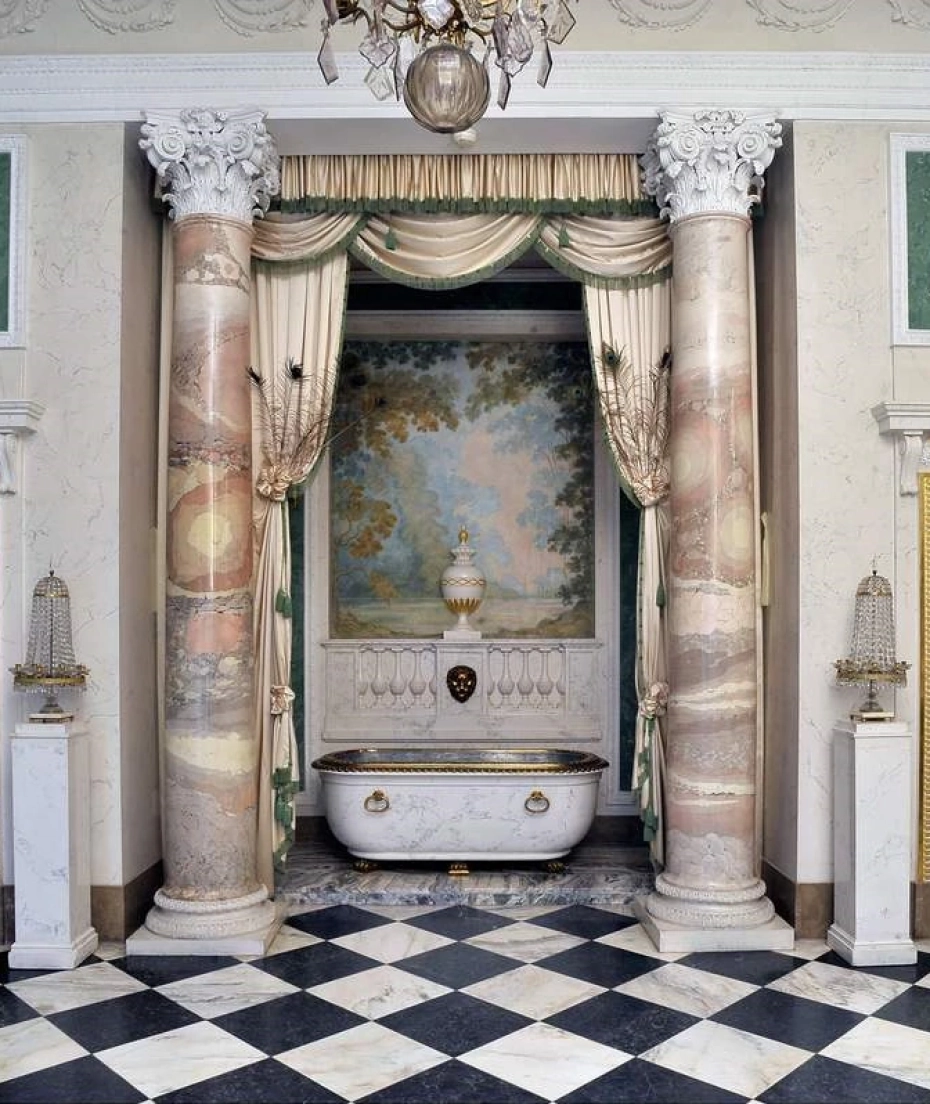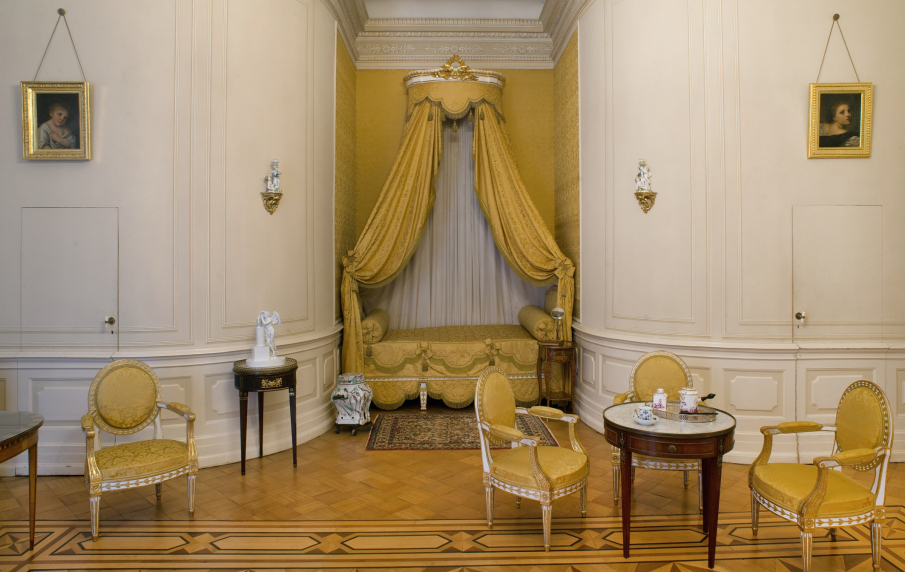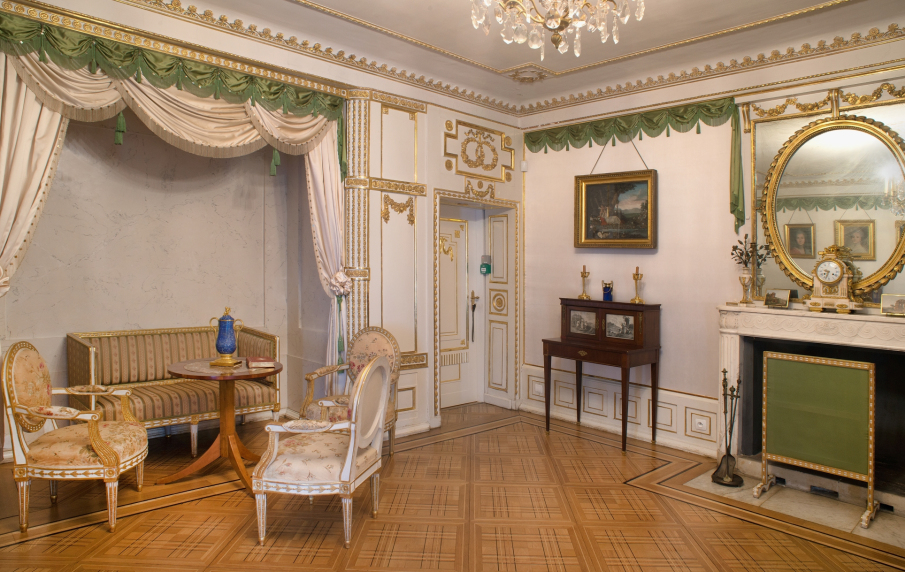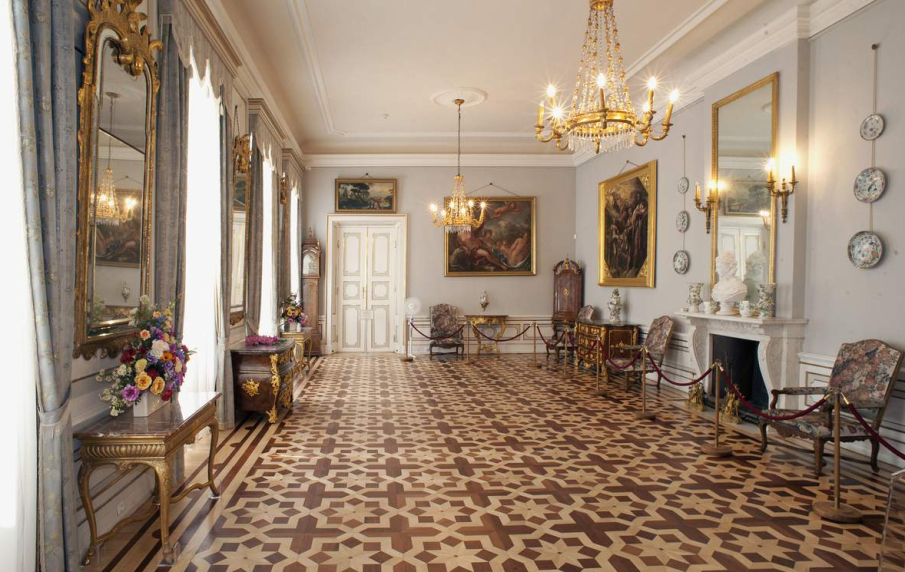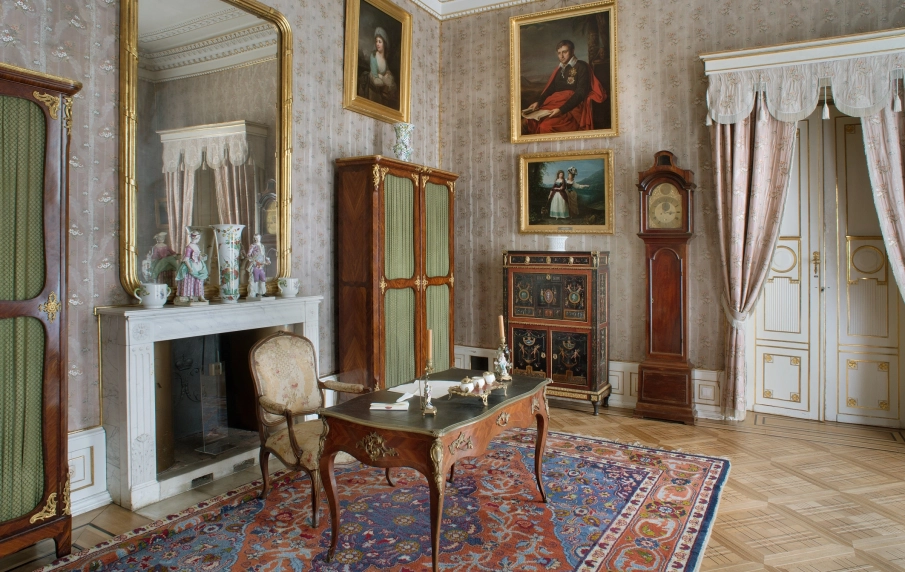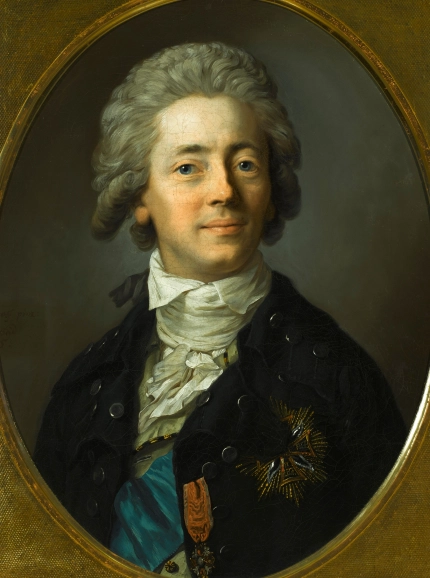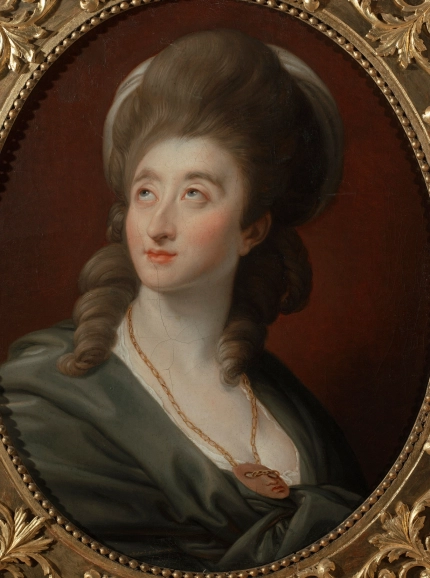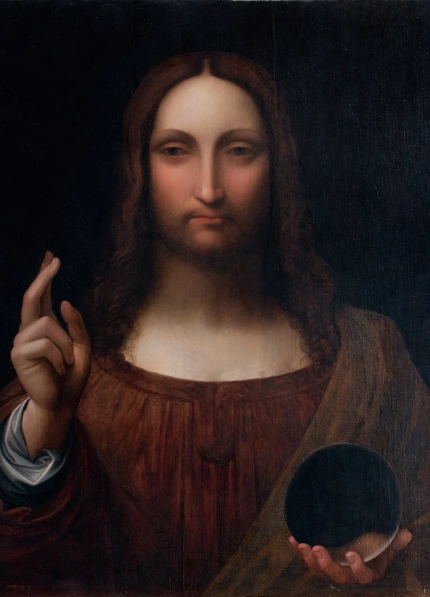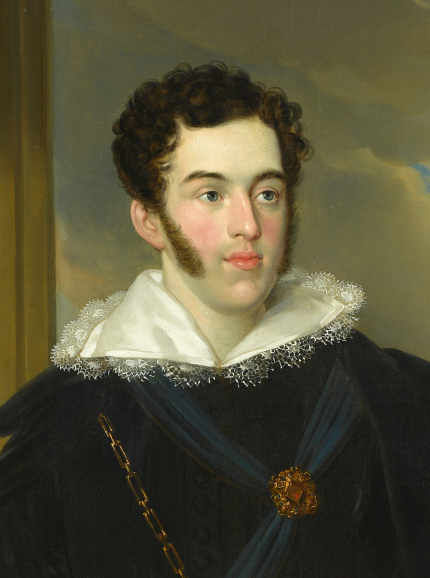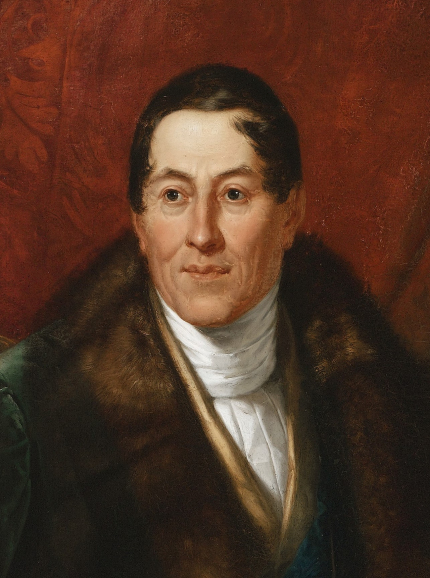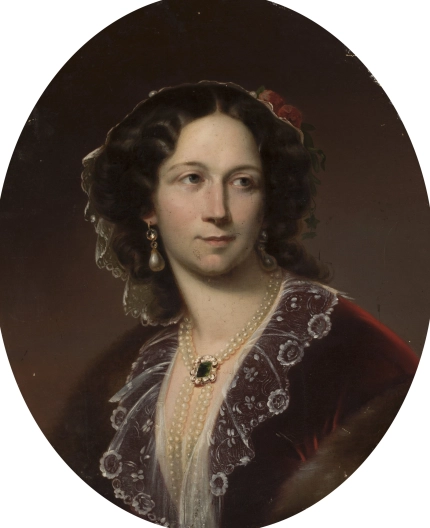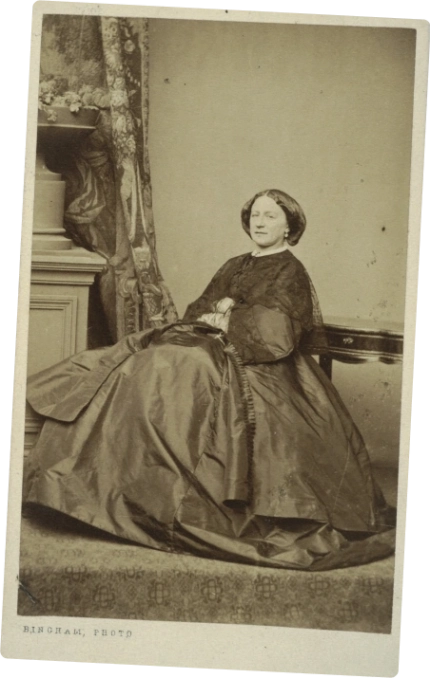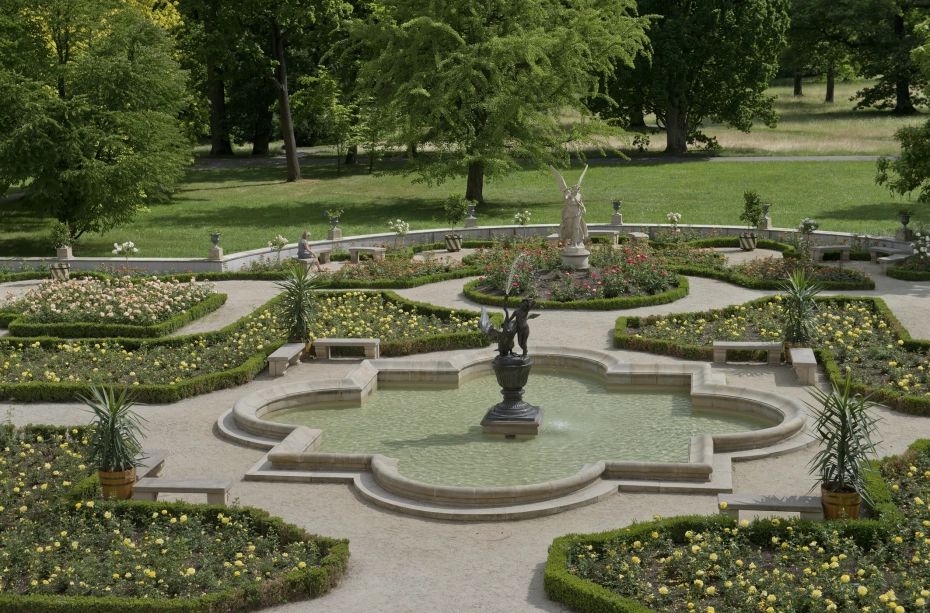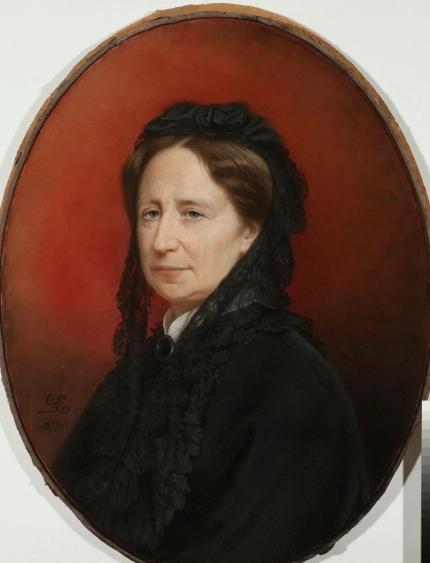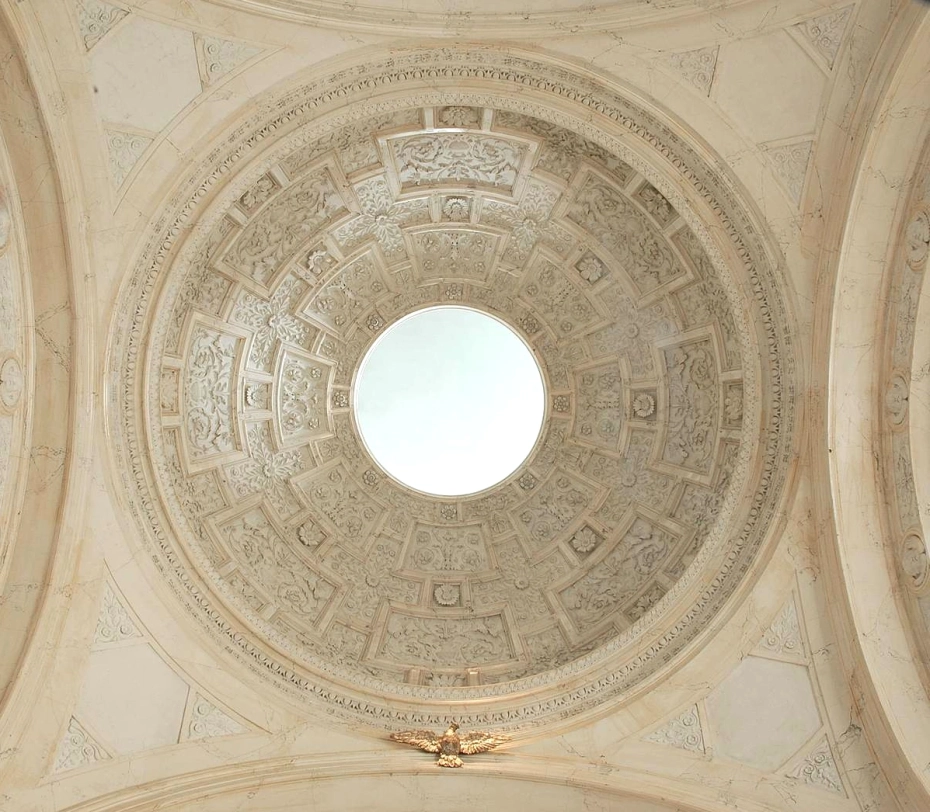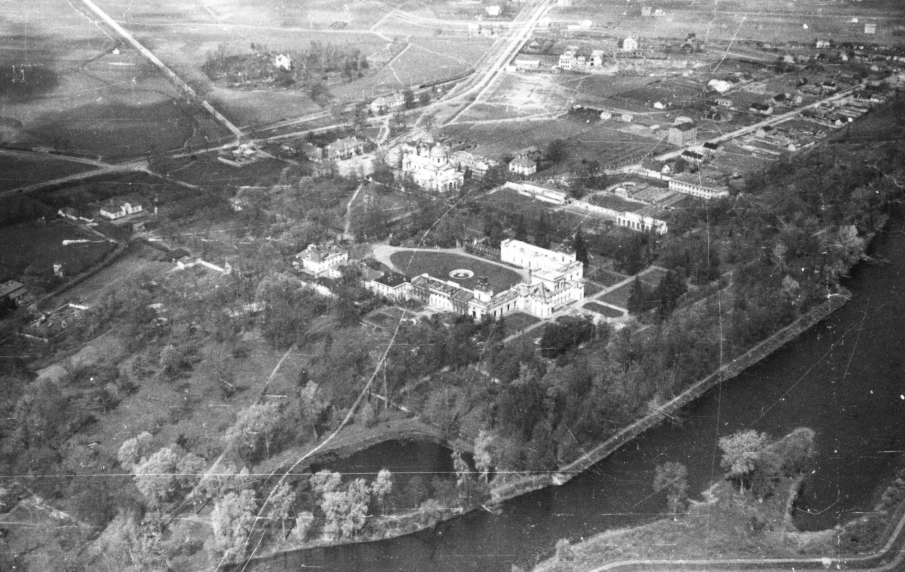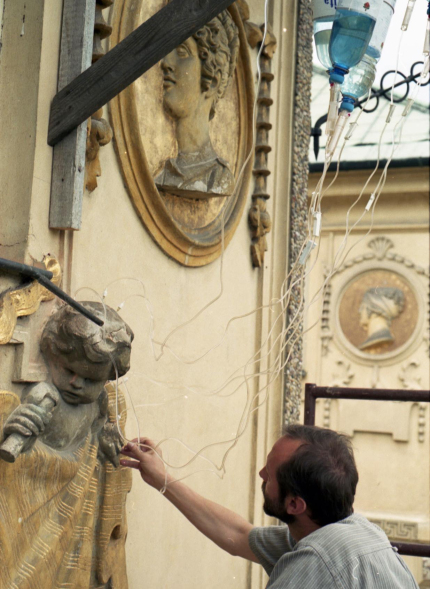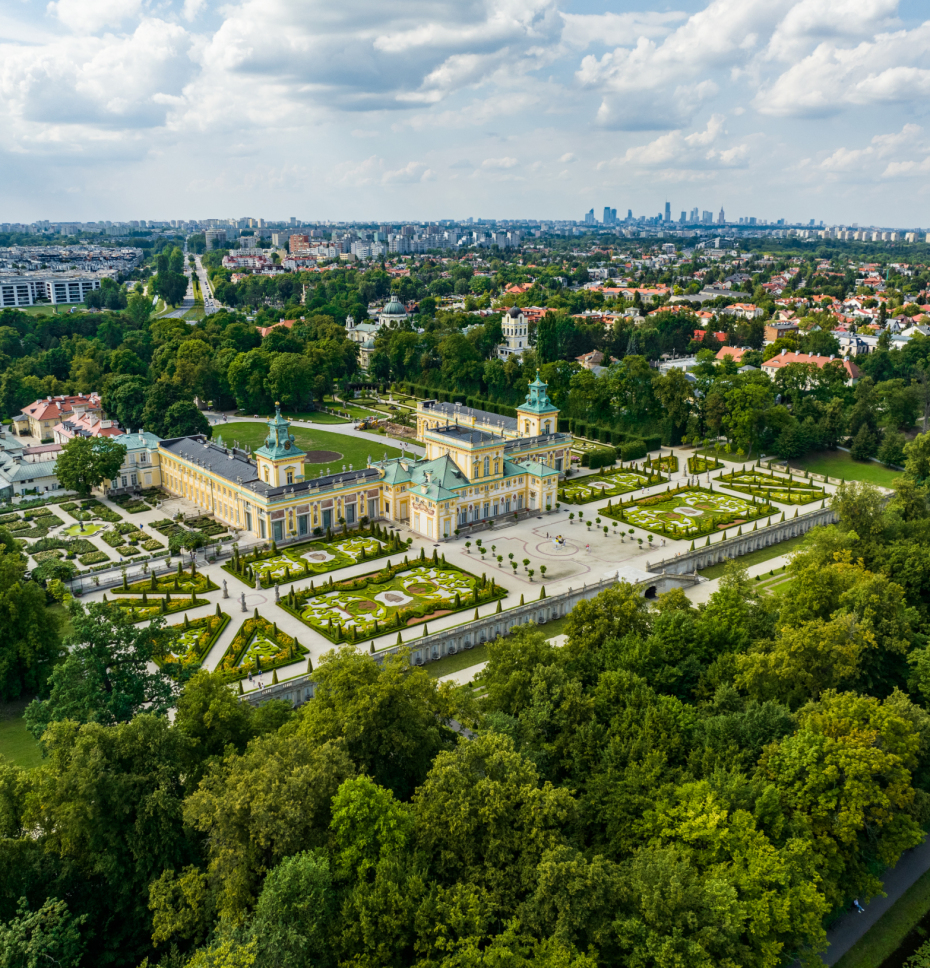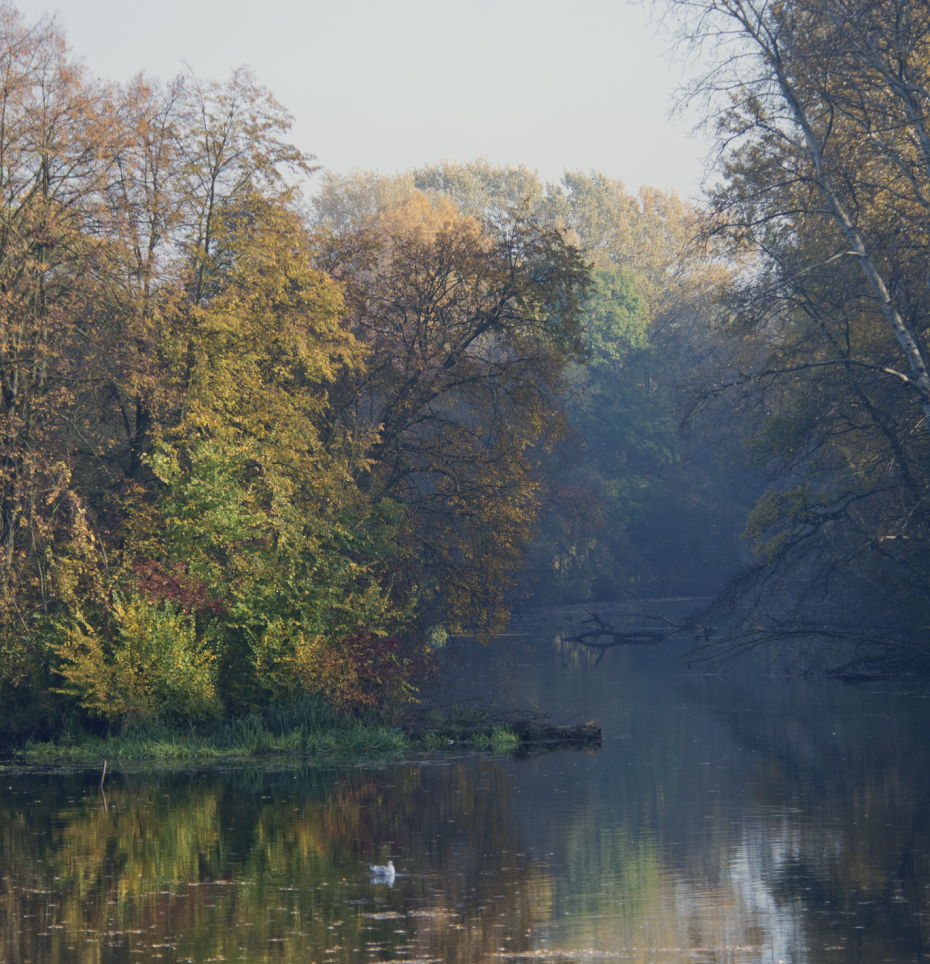Discover the Royal Residence
Introduction
Embark with us on a multidimensional, virtual journey through the summer residence of King Jan III at Wilanów. Journey through the nooks and crannies of history, the Palace chambers, and the Park pathways. Find out what life at the Palace has been like over the years.
Rich
history
Exhibitions
In the Palace, you can visit the Royal Apartments, filled with antique furniture and works of art. You can see the collections of paintings, sculptures and graphics assembled by the former owners. Be sure to check out the offer of temporary exhibitions that our team regularly prepares so that you can discover the Palace from another side.
Workshops, classes, courses
Develop your passions, discover old crafts, and gain new skills. Learn the joys of Old Polish cuisine and the secrets of calligraphy and embroidery with us. Dance like a lady of the court, put on a traditional nobleman's kontusz, search for botanical treasures in the gardens.
The Collections
Plan of the Wilanów residence
Discover this amazing place! You can choose between a view of the park and the Palace and decide which floor to virtually explore. In the window next to the map you will see a photo and a brief description of the room. To learn more about it, click the arrow.
There are two wings on the ground floor, the left one contains the following rooms: the Potocki Museum, consisting of: the Etruscan Study, the Picture Gallery called the "Museum", the Landscape Gallery, the Lower Hall, the Raspberry Salon, the Master's Bedroom and the Master's Office. The Royal Apartments are located in the main body of the palace and consist of: The Equestrian Statue of John III, the South Gallery, the King's Library, the Chapel, the Lapidarium, the King's Chamber, the King's Bedroom, the Chinese King's Study, the Great Hall, the Dutch Study, the Queen's Chamber, the Queen's Bedroom, and the Anti-Cabinet. the Queen and the Mirror Cabinet, the al Fresco Cabinet, the Cabinet in front of the Gallery, the Northern Gallery and the King's Wardrobe. In the right wing of the palace there is the White Hall and the Apartments of Princess Marshal Lubomirska, which include rooms such as: Princess Lubomirska's Bathroom, Rotunda and Chapel at the Lubomirska Bathroom, Princess Lubomirska's White Bedroom, Princess Lubomirska's Hall, Princess Lubomirska's Living Room, Princess Lubomirska's Golden Bedroom and the Office of Princess Lubomirska.
On the first floor, in the left wing, you will find the Temporary Exhibition Salon. In the main body of the palace there are the rooms of the Potocki Collection and the Sobieski Rooms, which consist of: the Three-Window Study, the Quiet Room, the Farfury Room, the Locci Rooms, the Middle Room and the Hall. On the same floor, in the right wing, we can visit the Storage Gallery, the Temporary Exhibition Room, the Hunting Rooms and the Chinese Rooms.
On the top, second floor there is one room - the Feast Hall.
The park and gardens surround the palace on all sides. There is a Foreground in front of the entrance to the building. After crossing the entrance gate, the Courtyard comes into view. On the left side of the palace there is: the Northern Garden, behind it the Flower Garden at Figarnia and the Garden at the Orangery. Further north we will see the Northern Landscape Park and the Morysin Nature Reserve. Behind the palace, to the east, there is a Baroque Garden. On the right side of the building we will see: the Rose Garden, the southern landscape park, the western farm and the eastern farm.
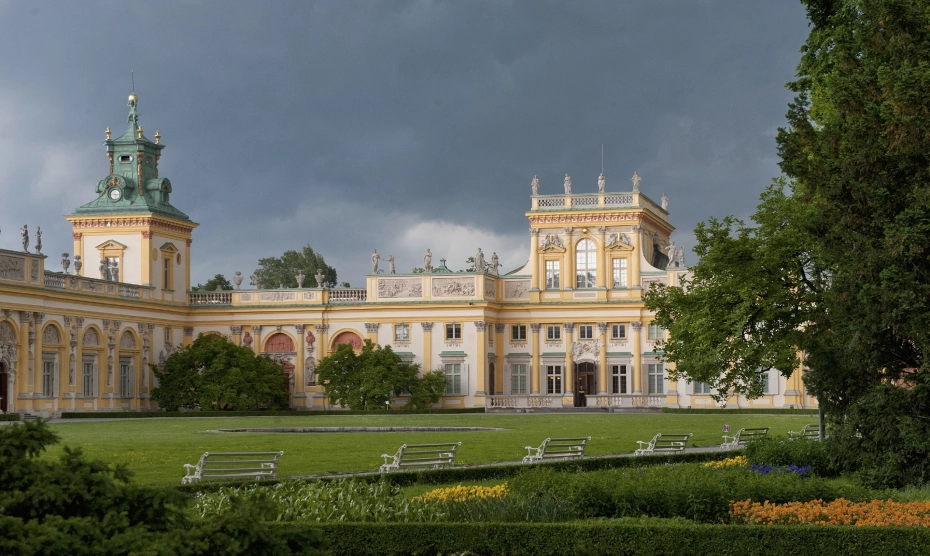
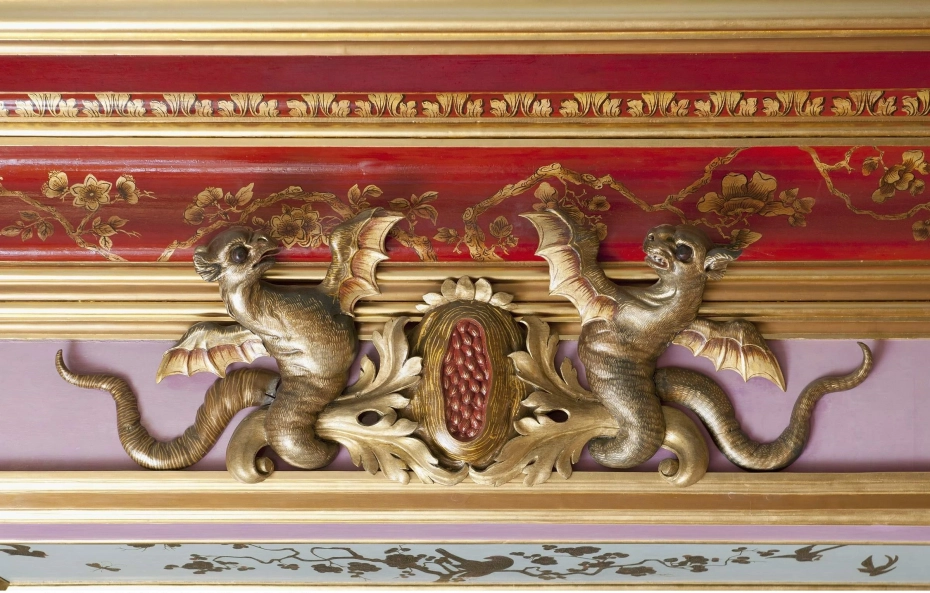
Stanisław Kostka Potocki and Aleksandra Potocka, creators of the Wilanów Museum
1799
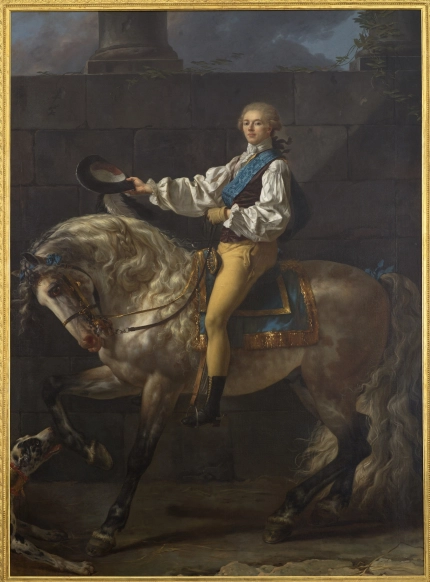
Stanisław Kostka Potocki
1805
Stanisław Kostka Potocki – art connoisseur
"In this Sejm, he showed both the greatest ability and the most sincere patriotism, as well as a great deal of moderation."
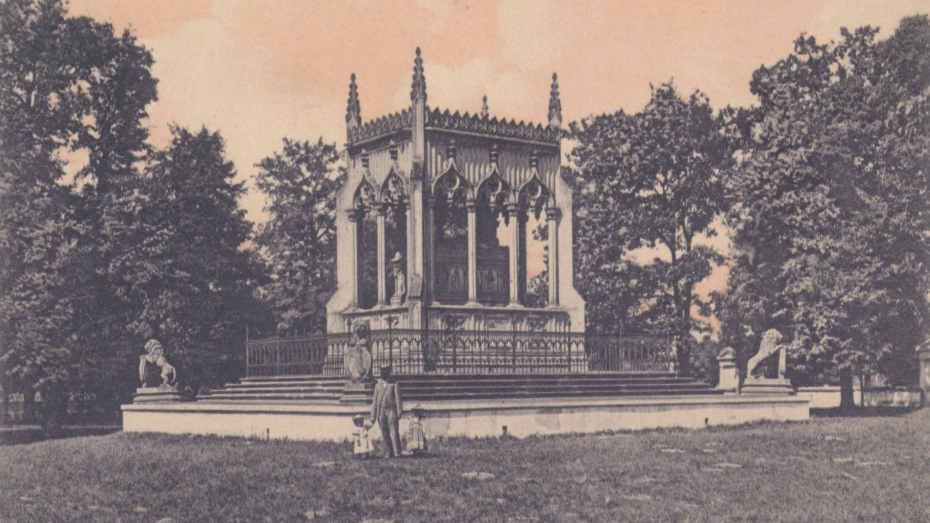
1945
as a branch of the National Museum in Warsaw
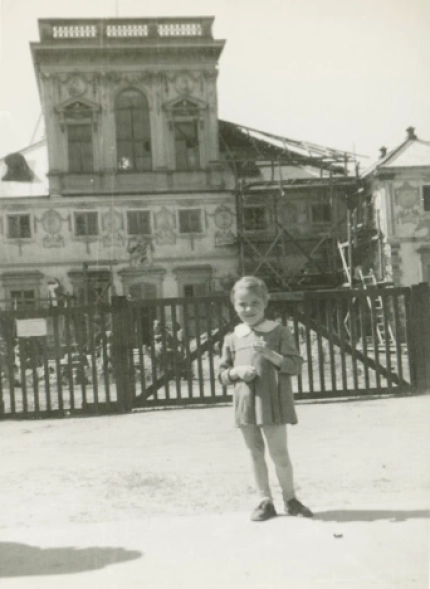
Grand renovation
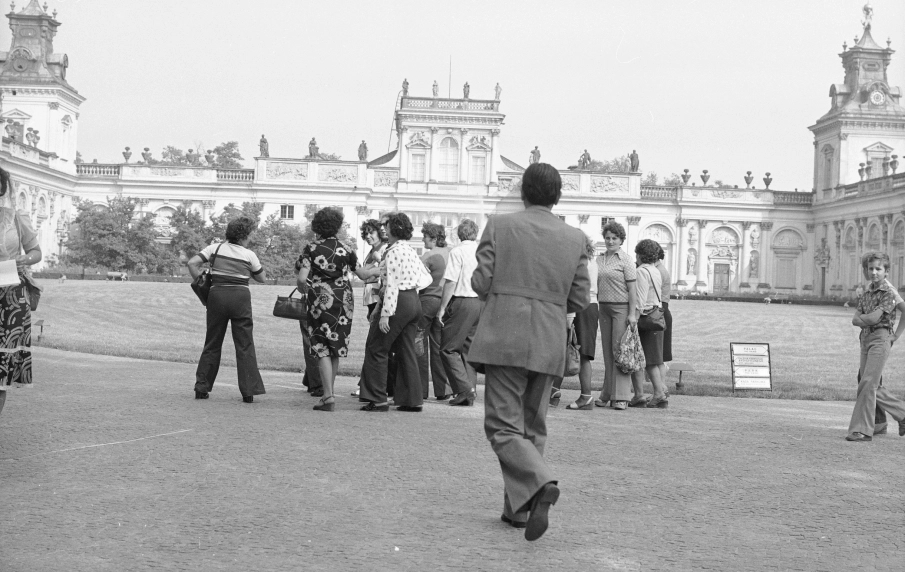
Rebuilding the collection
1995
